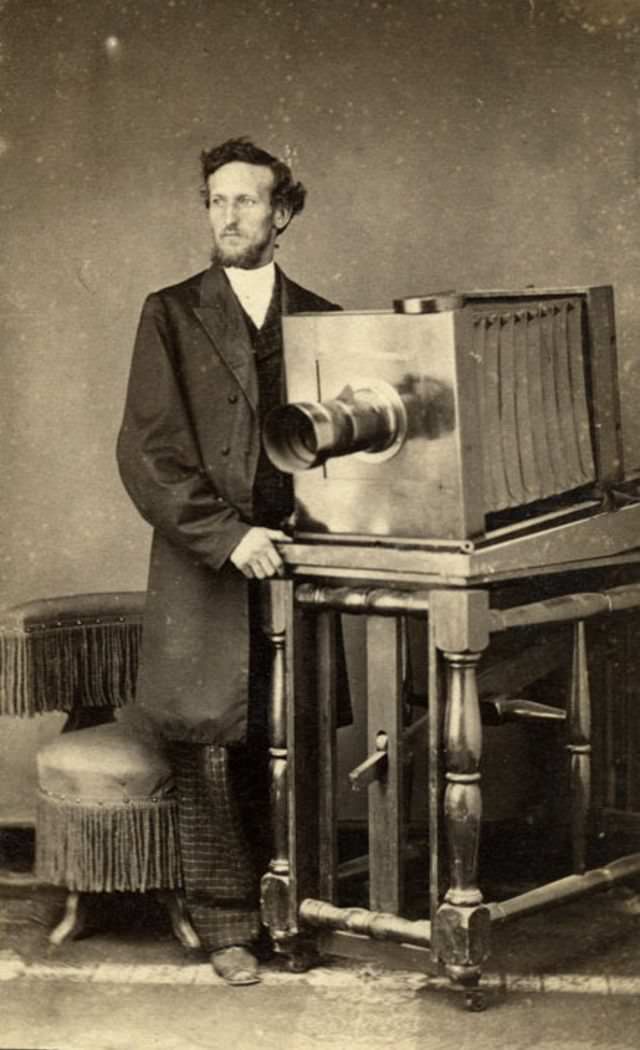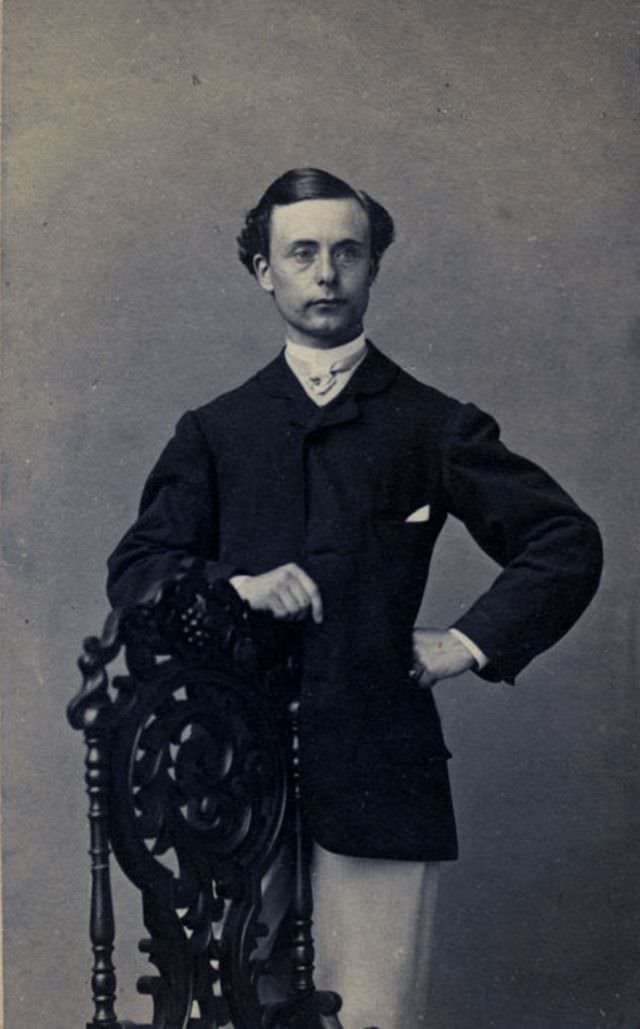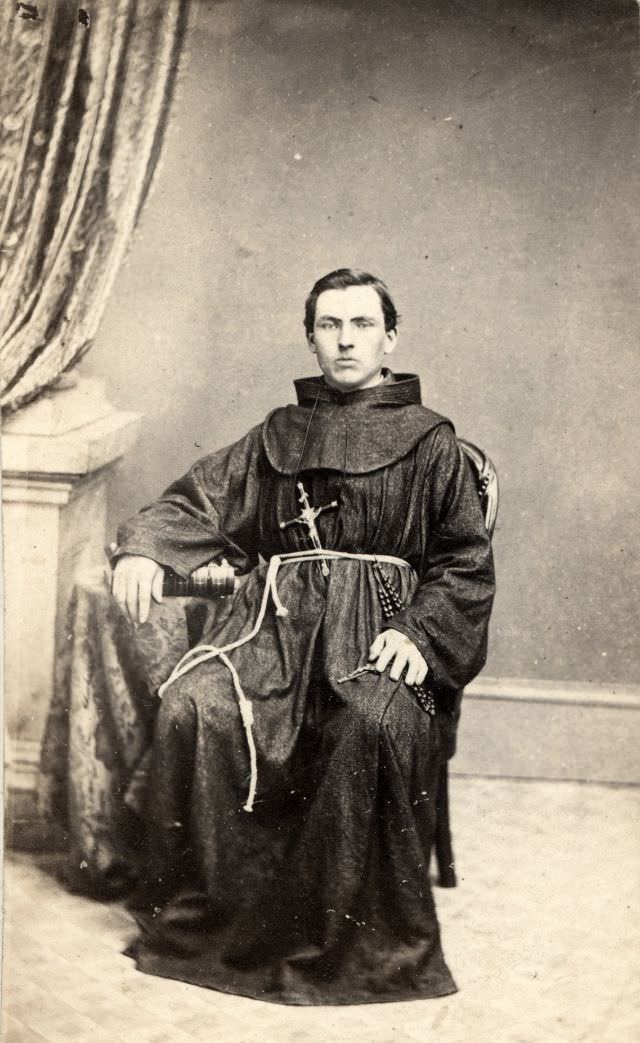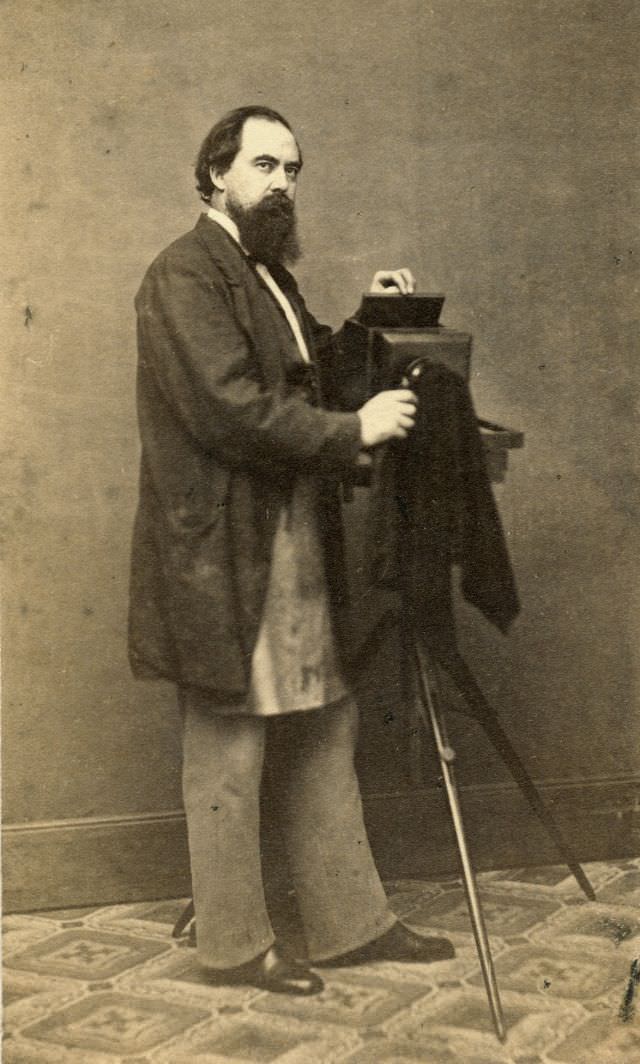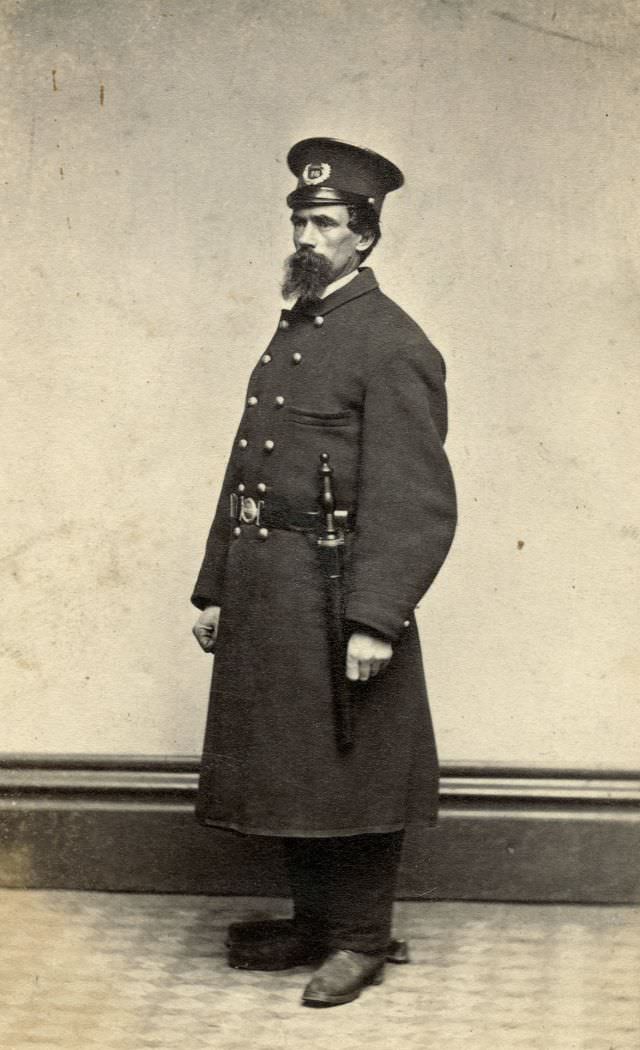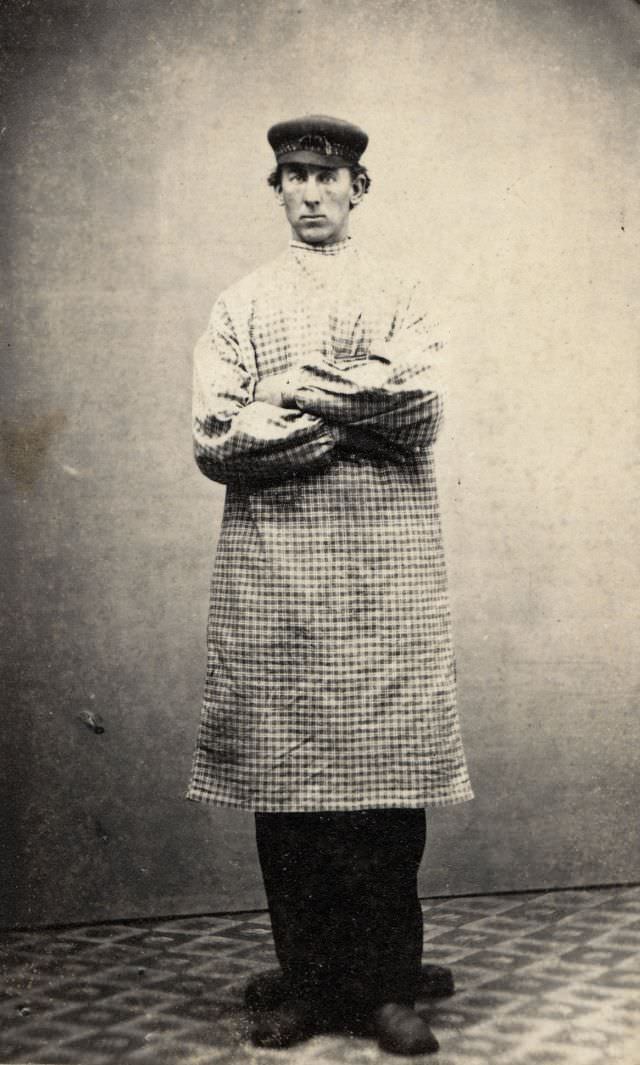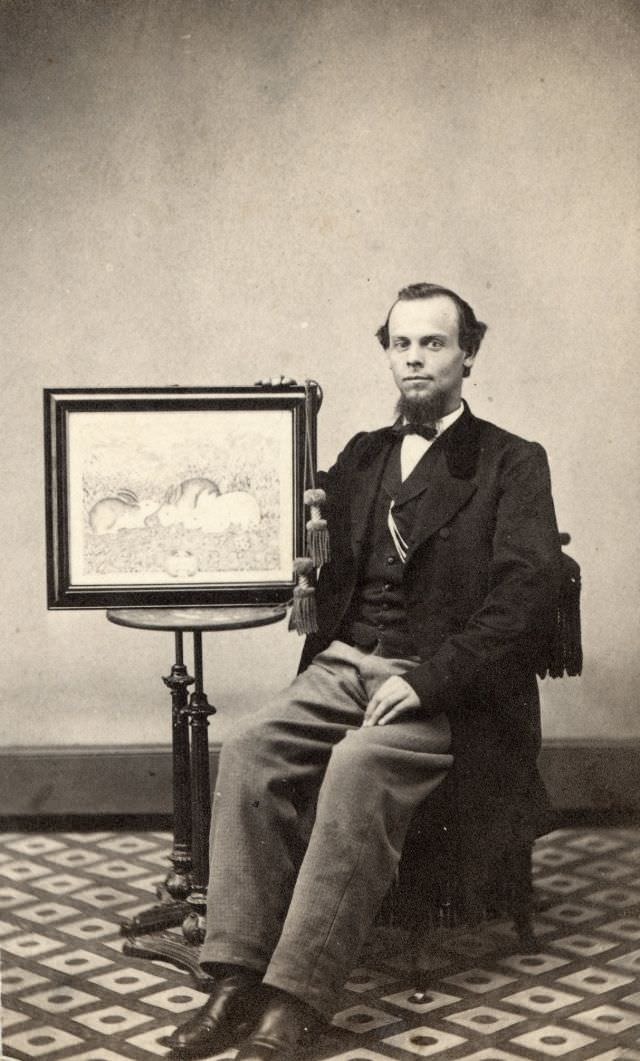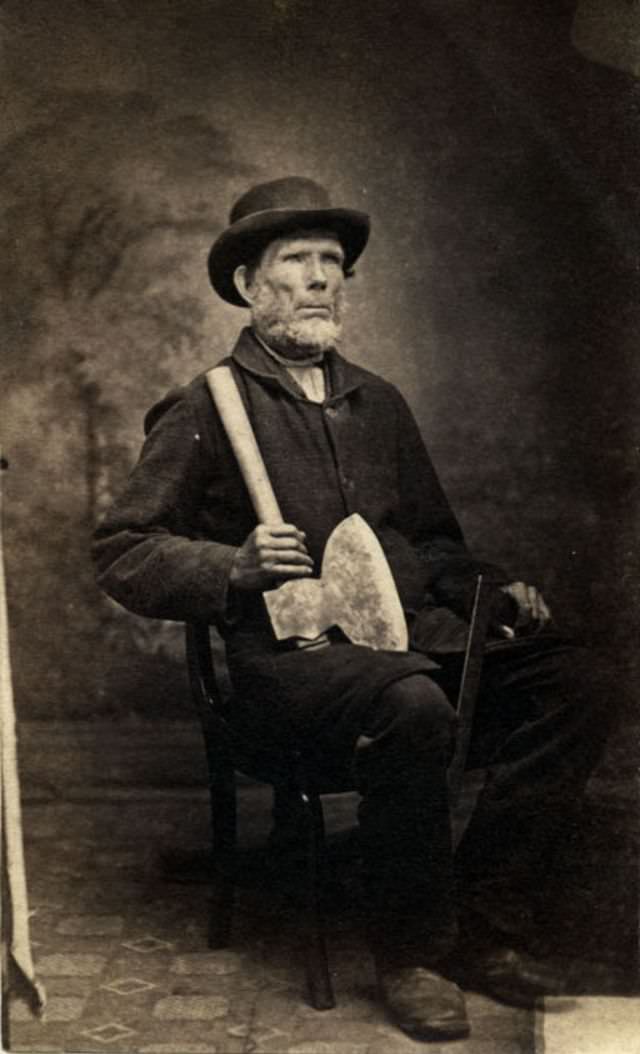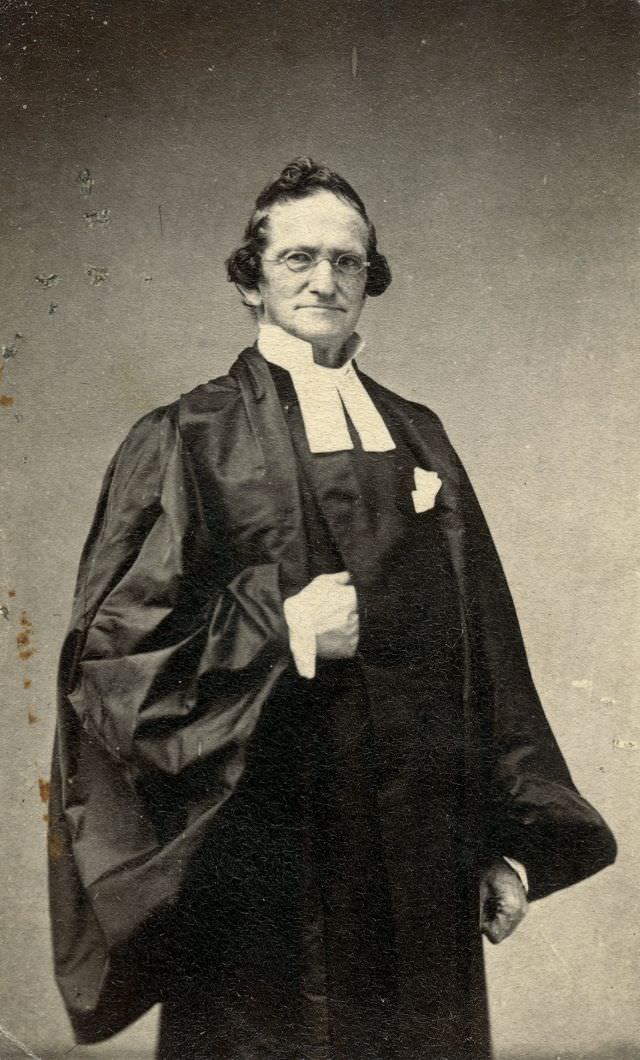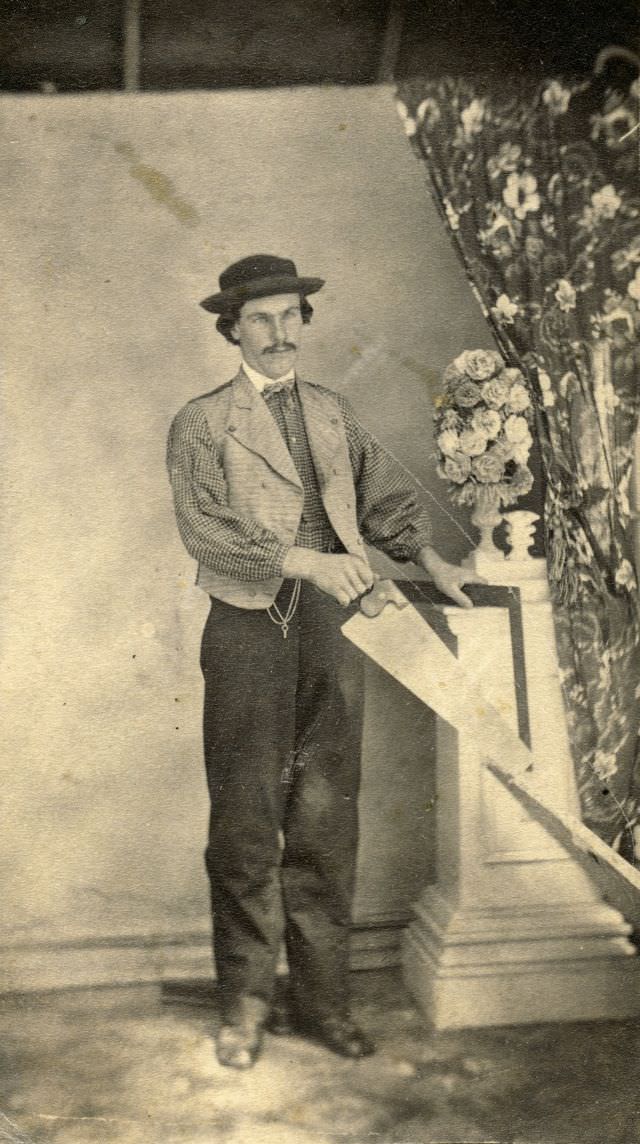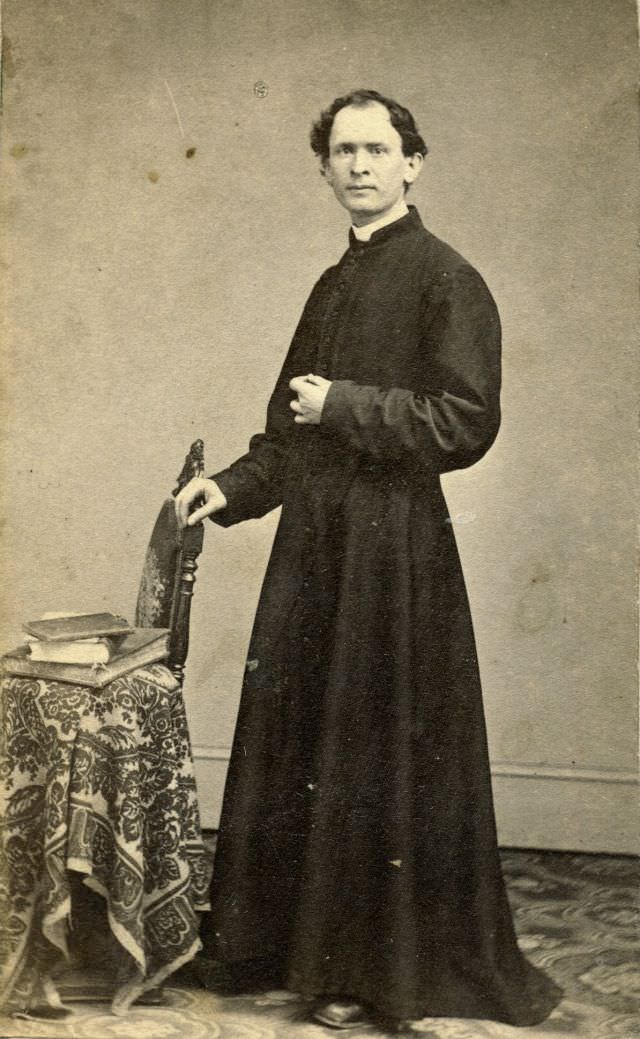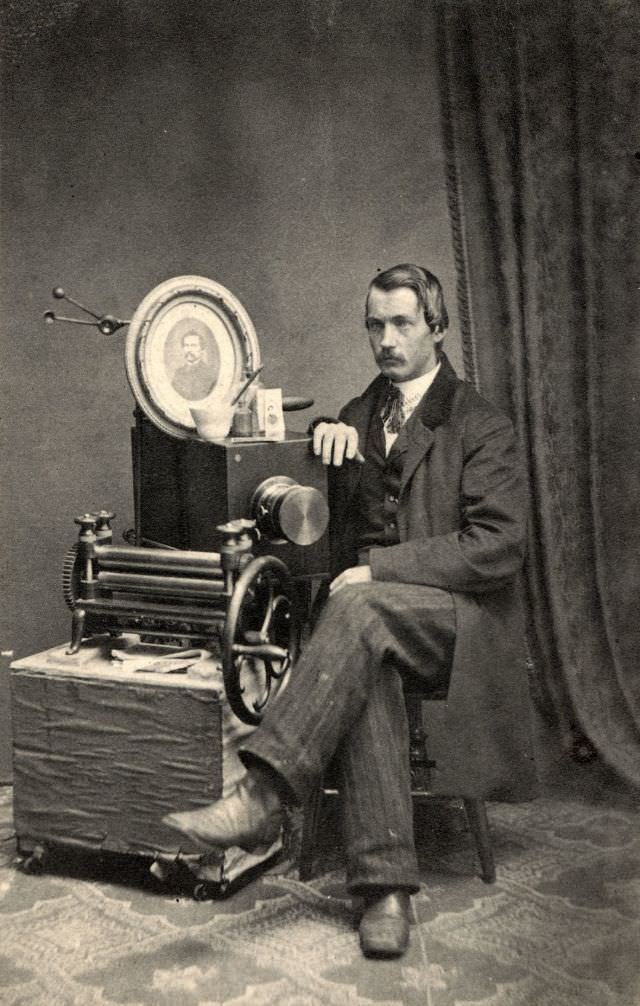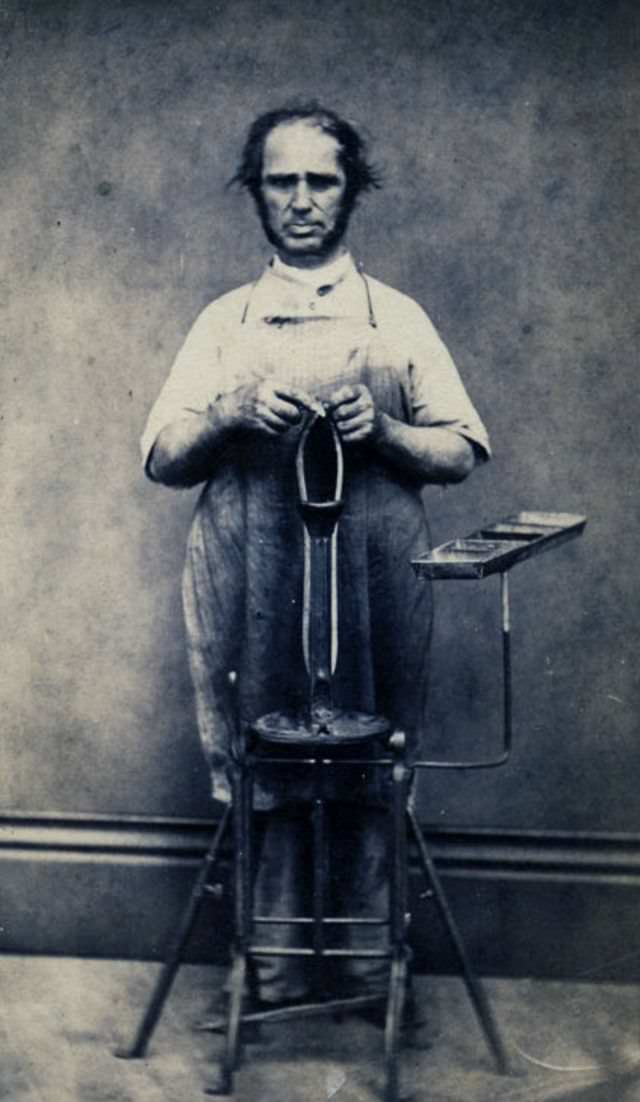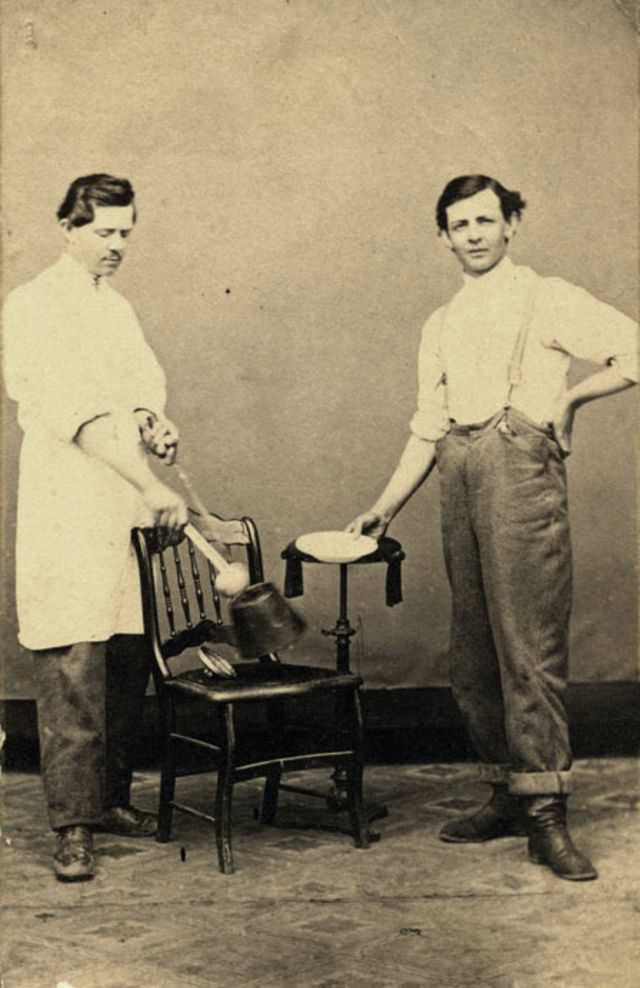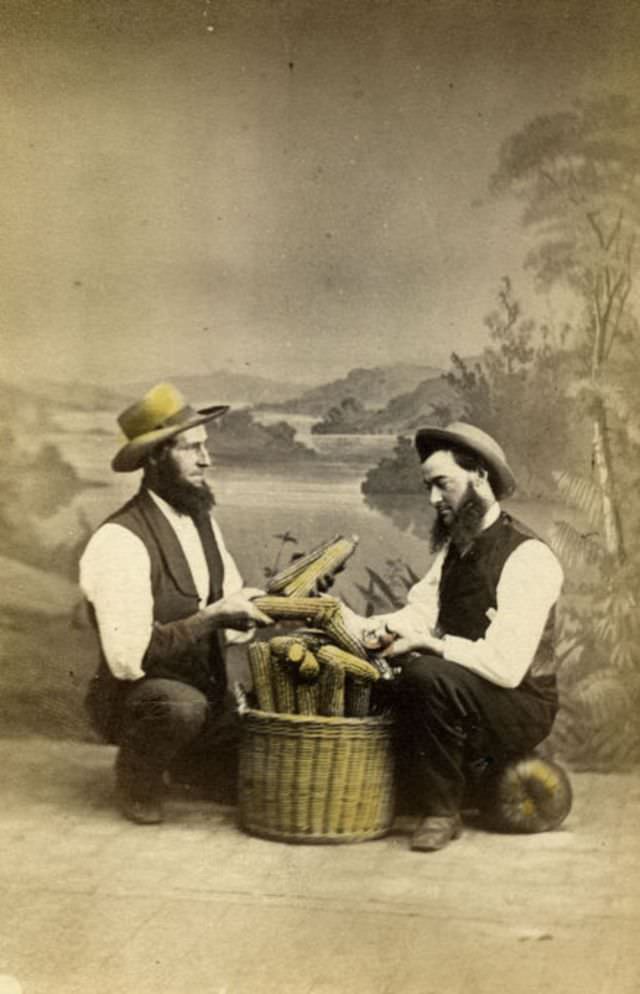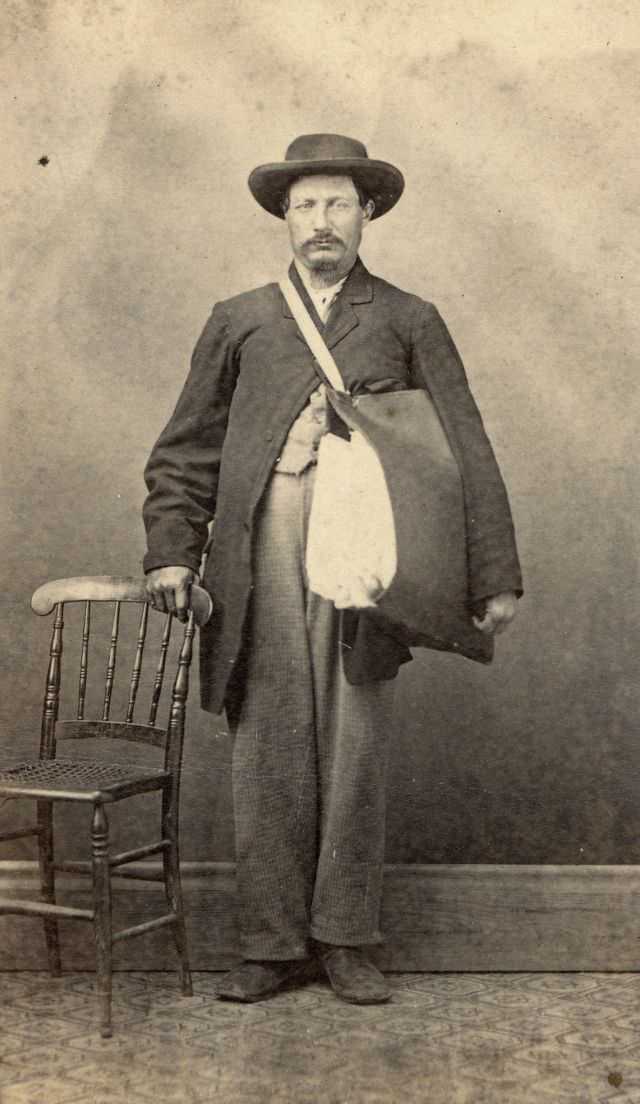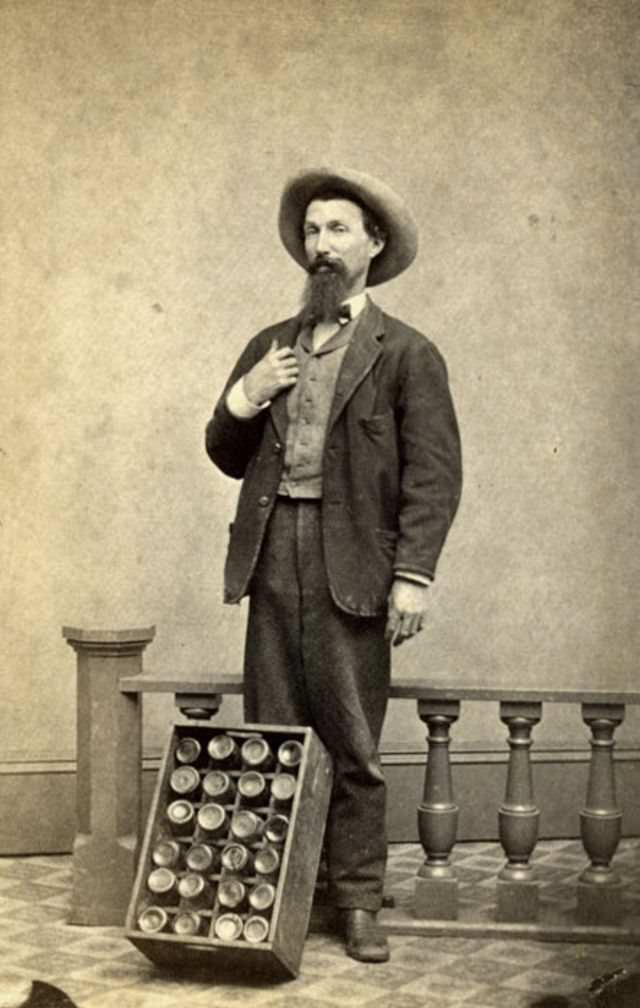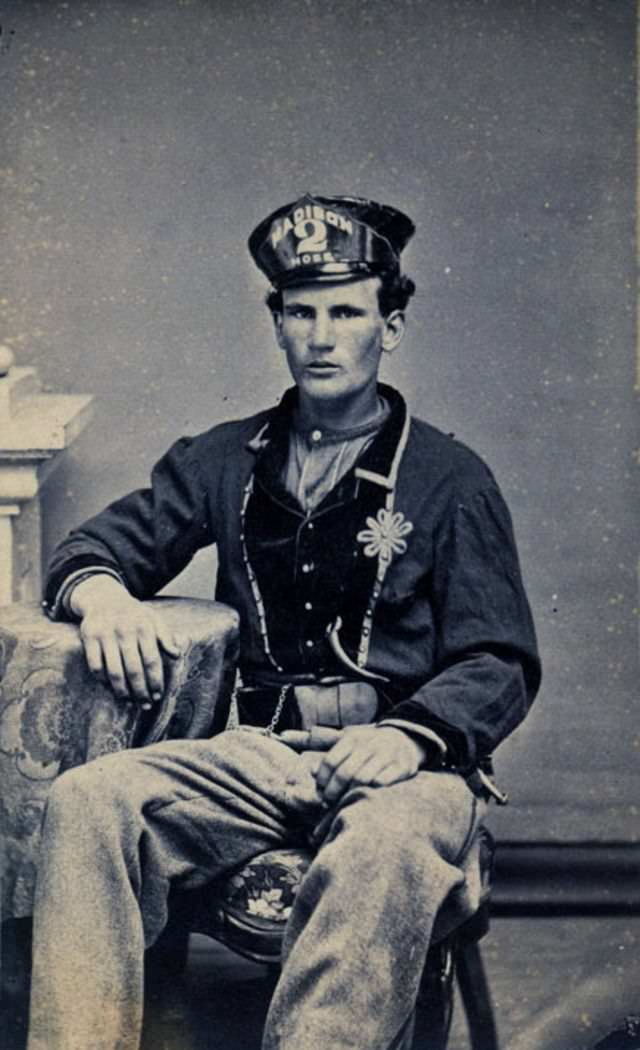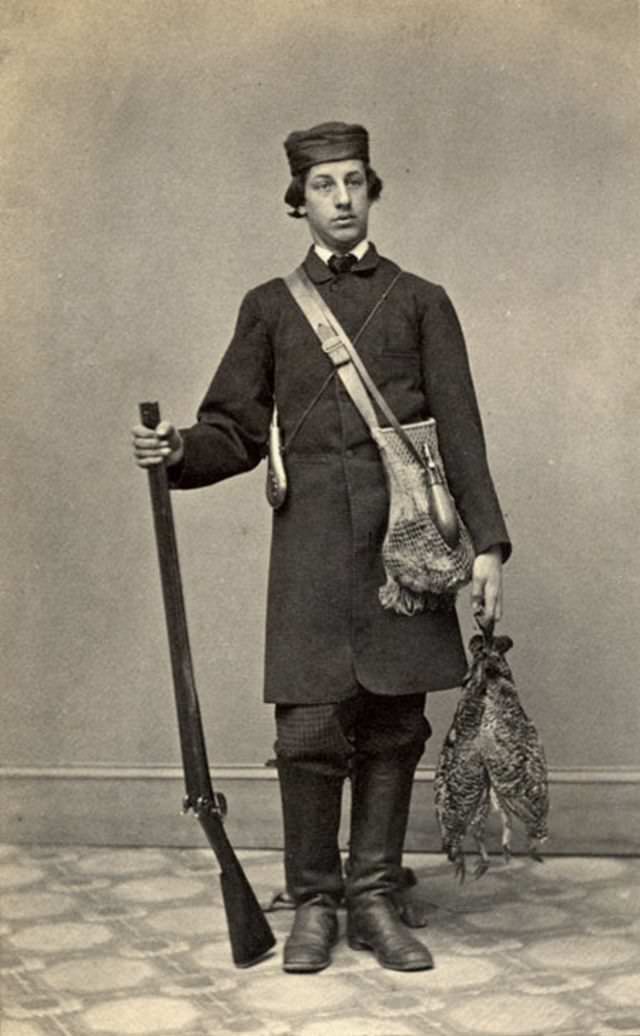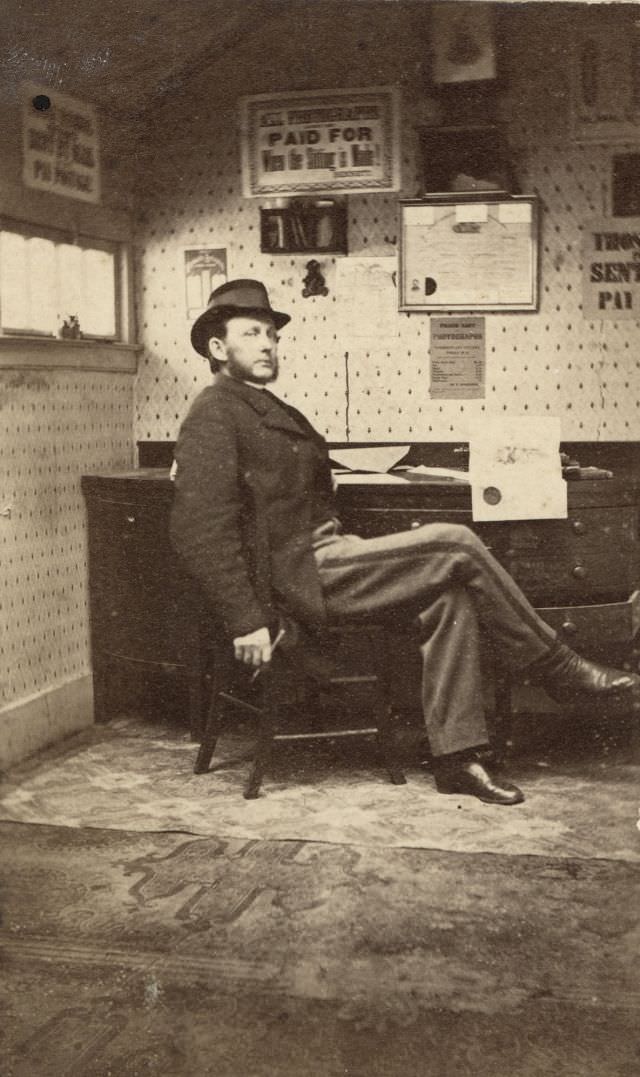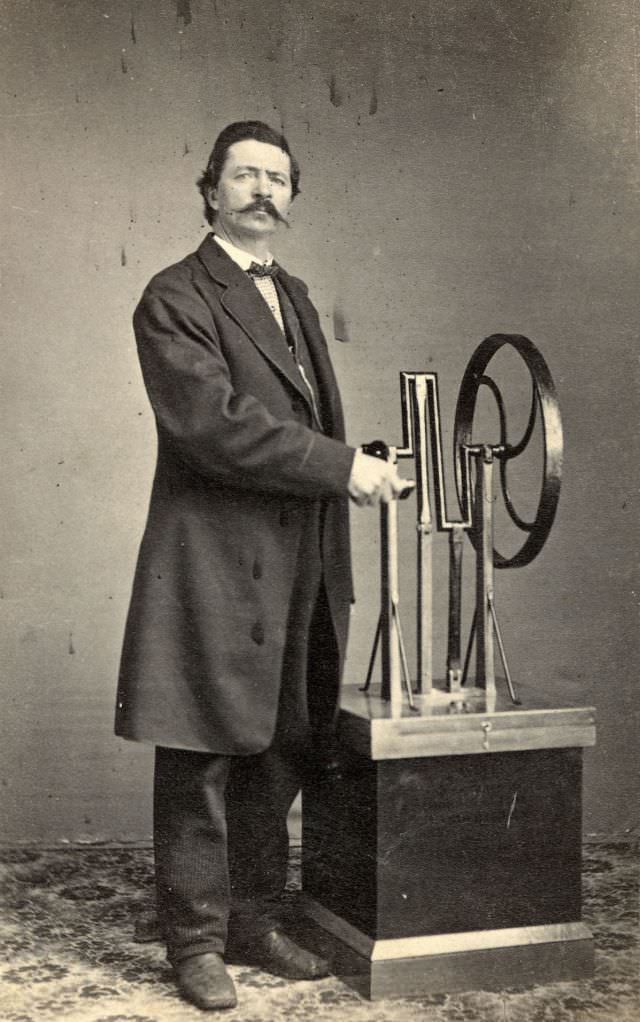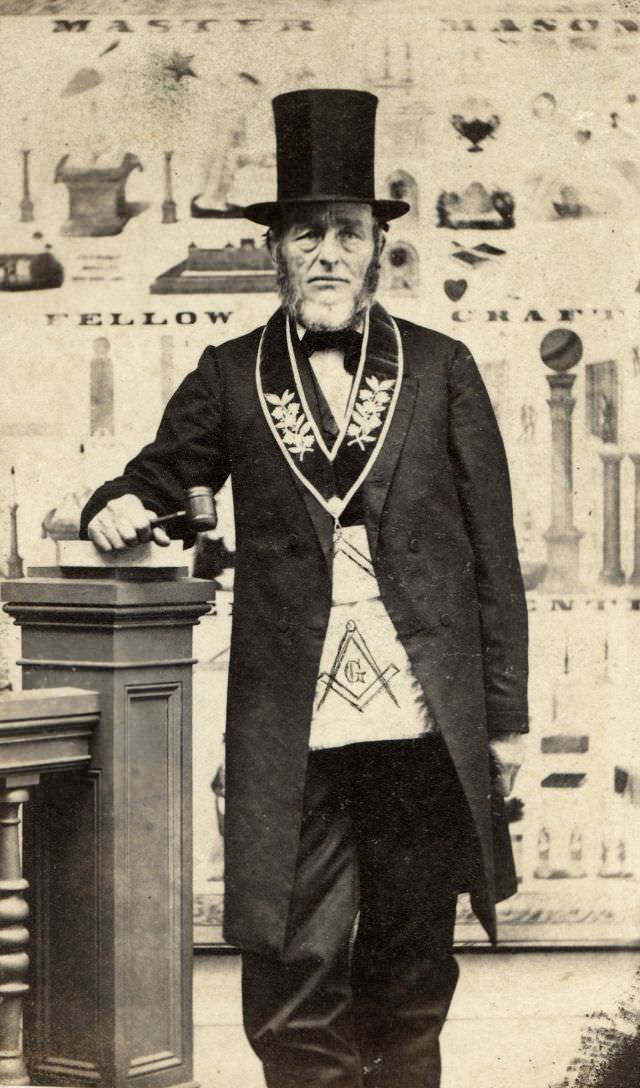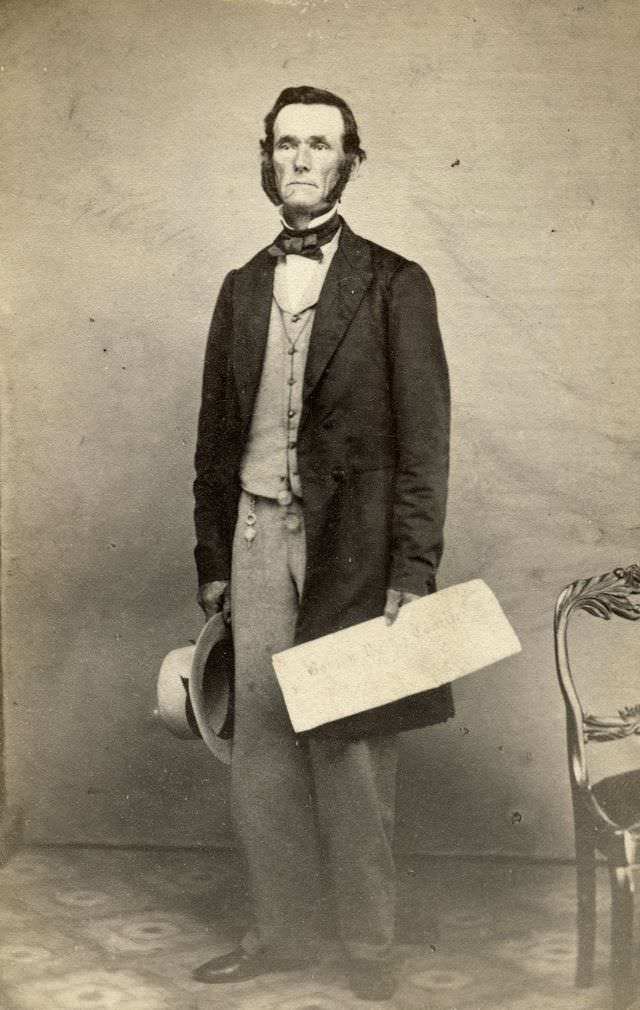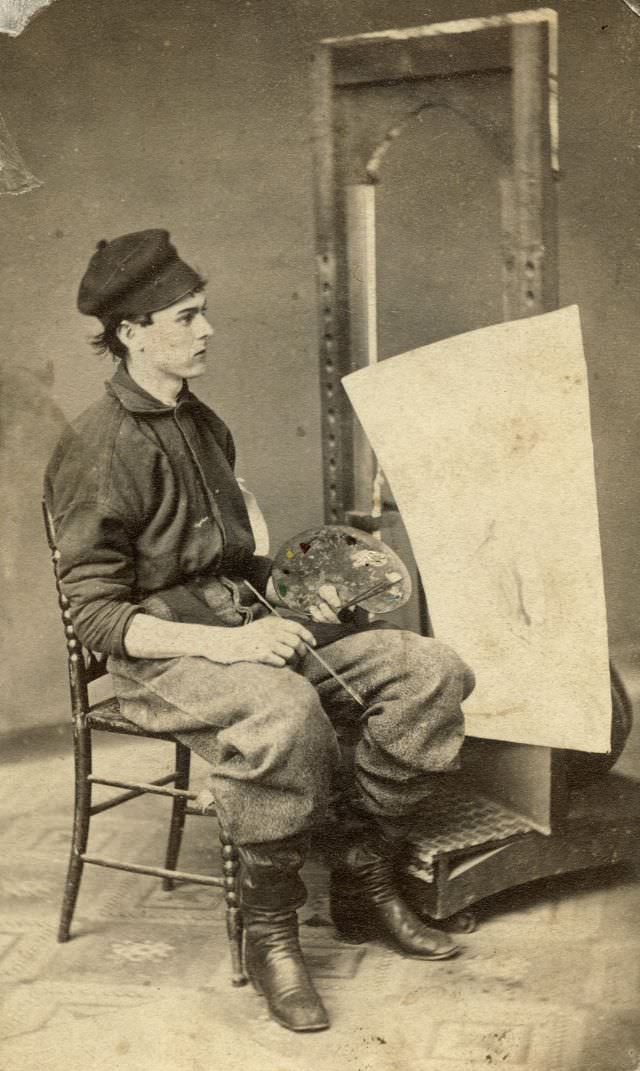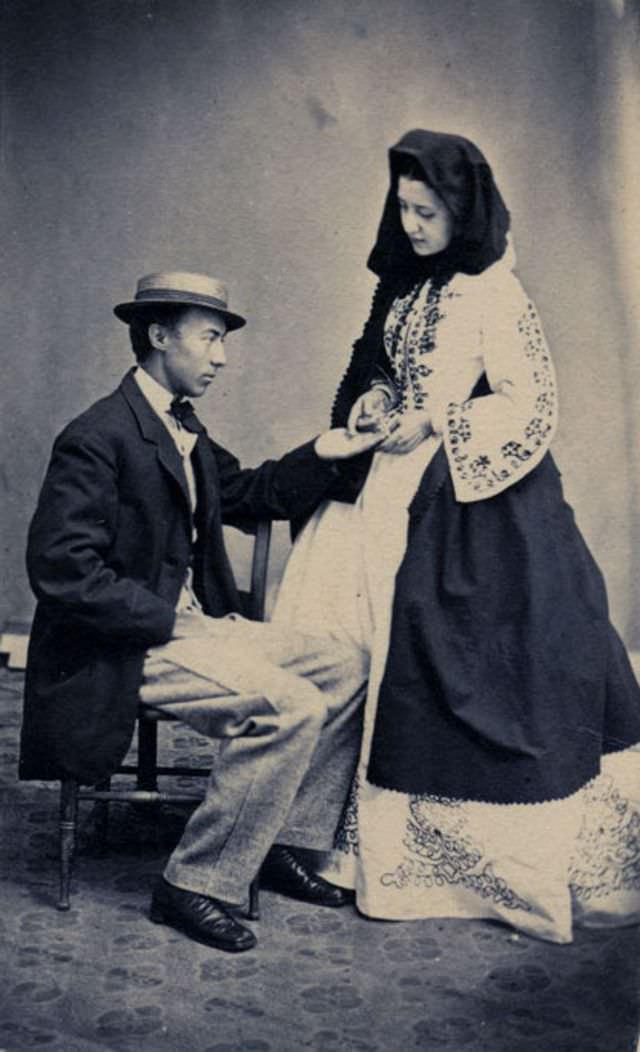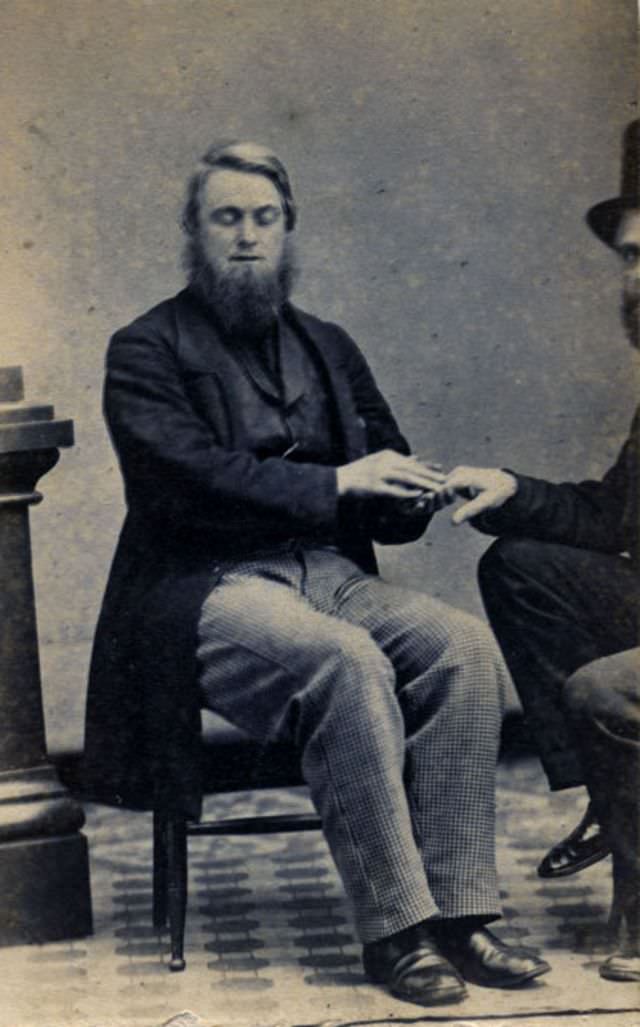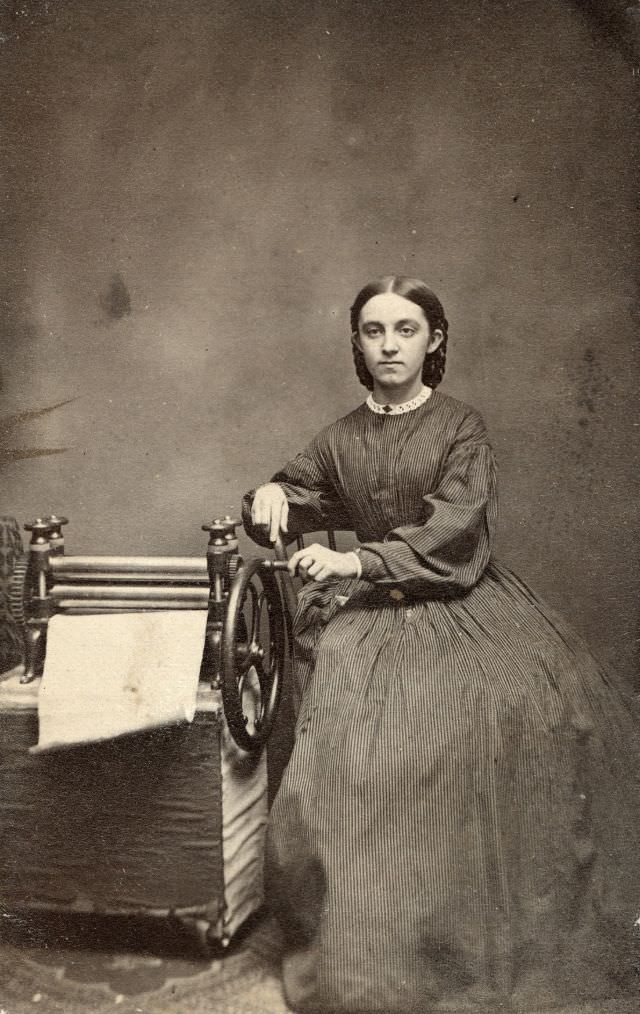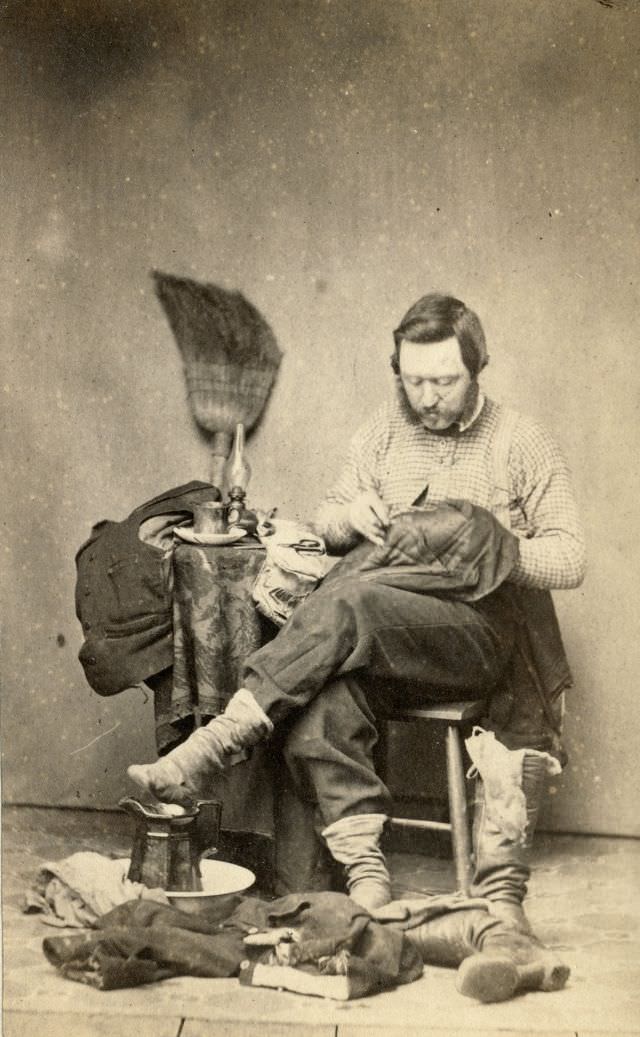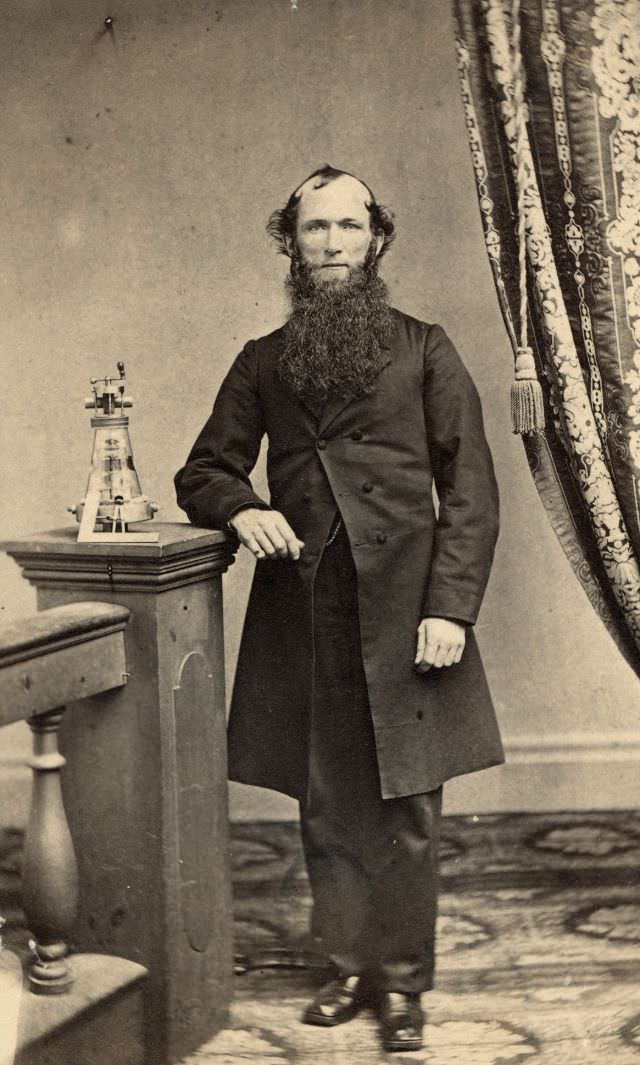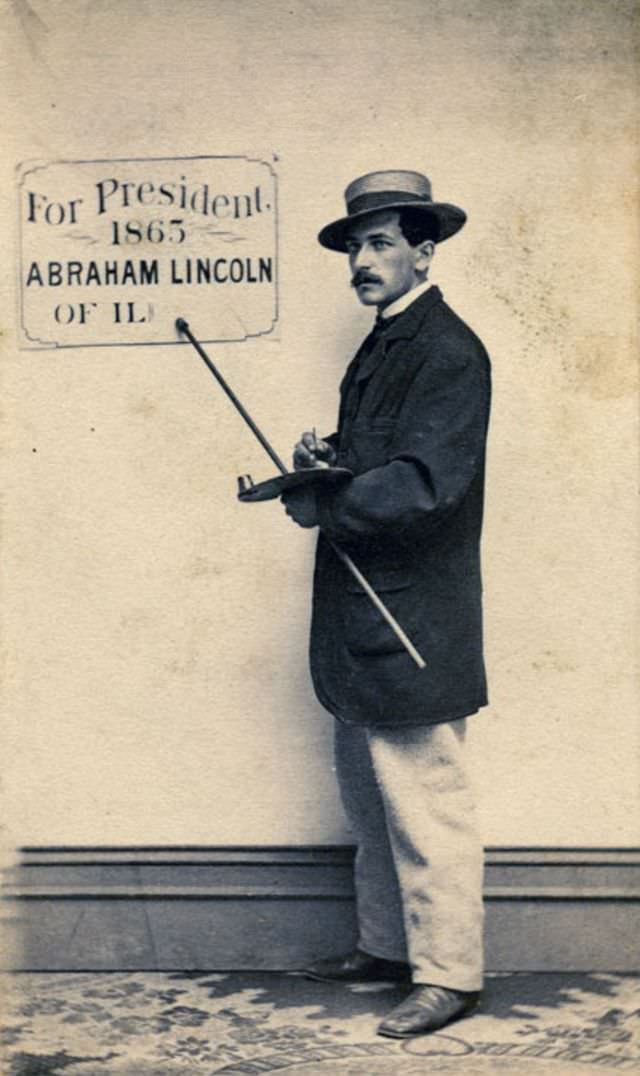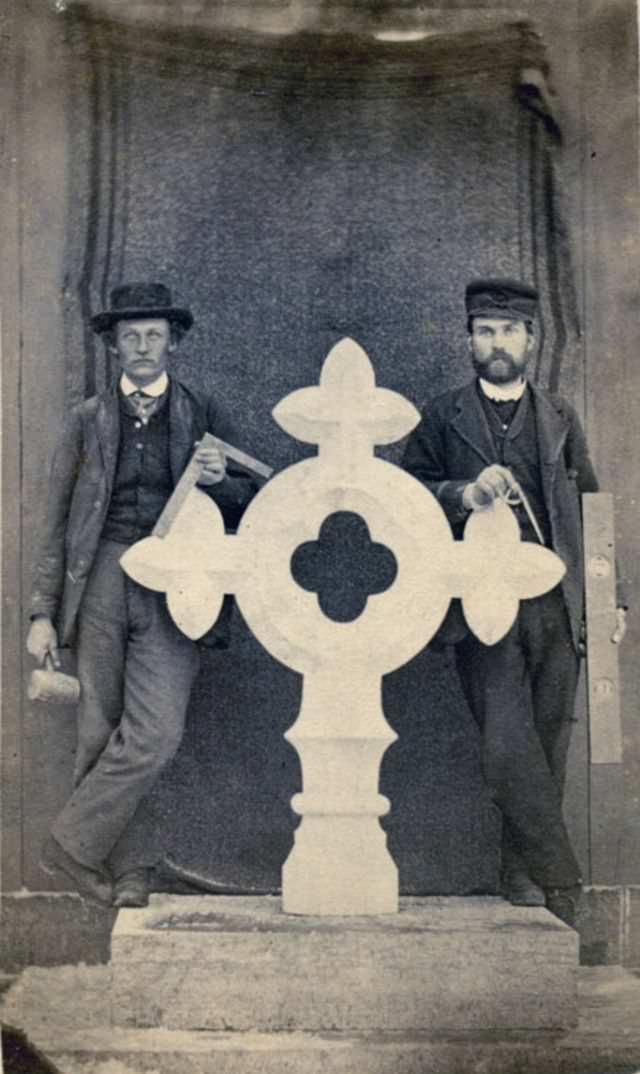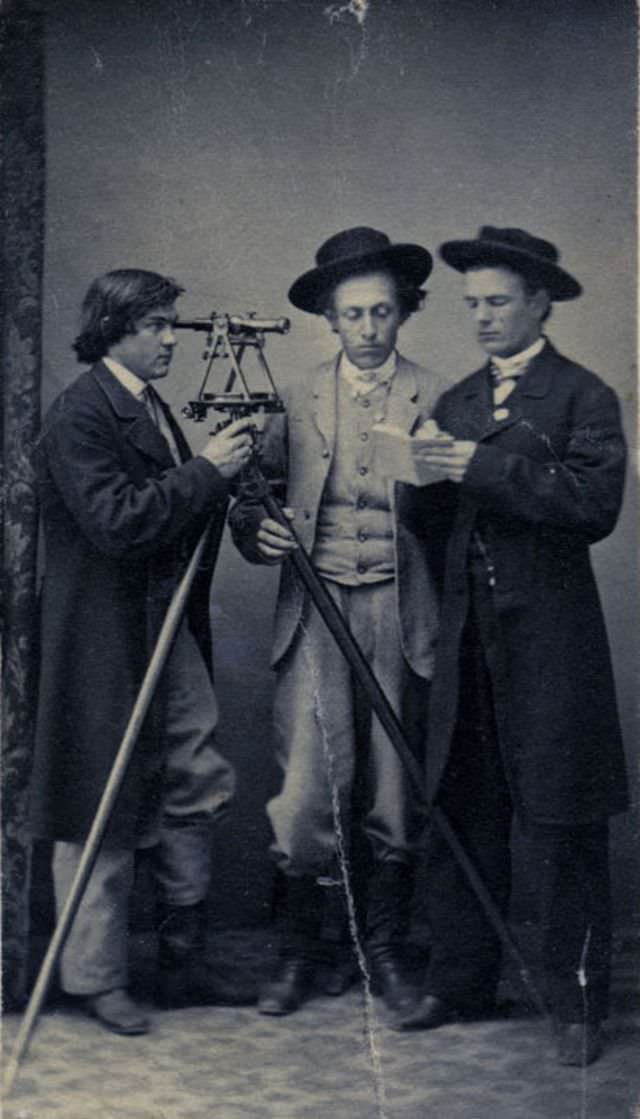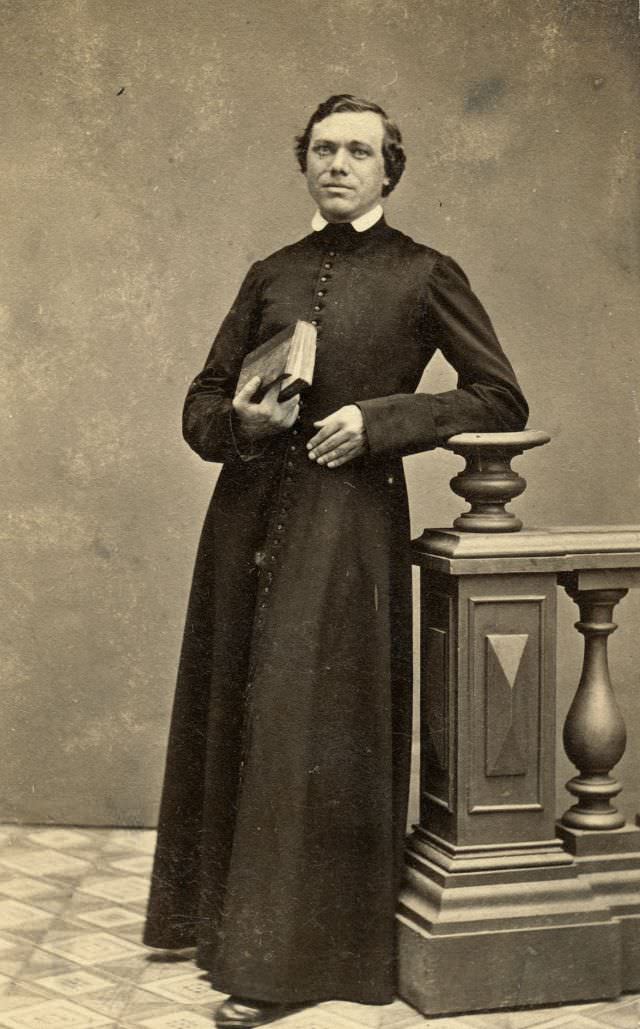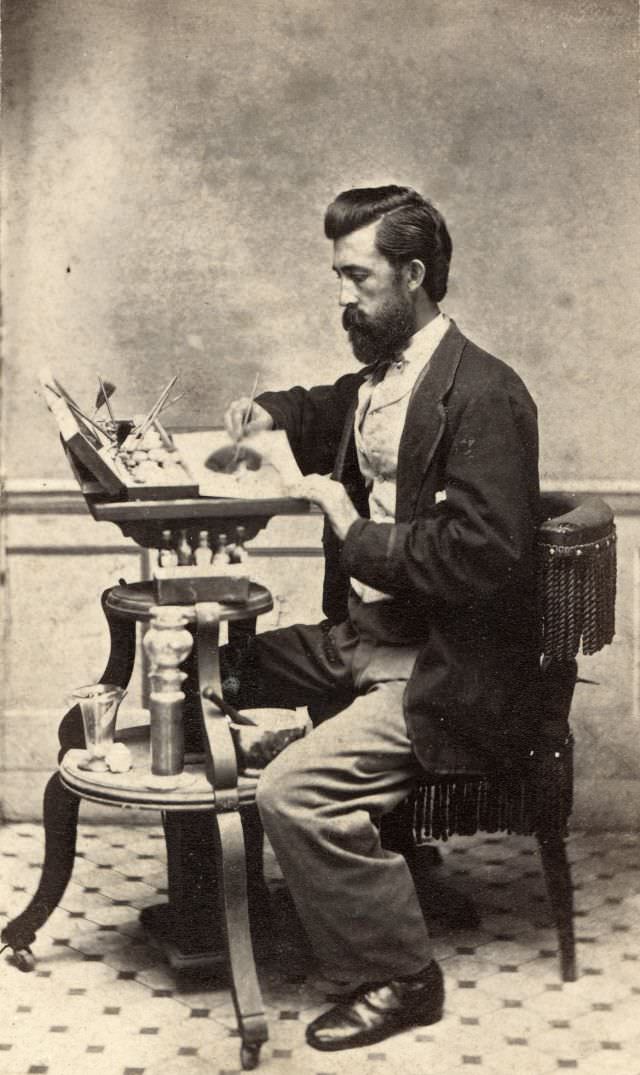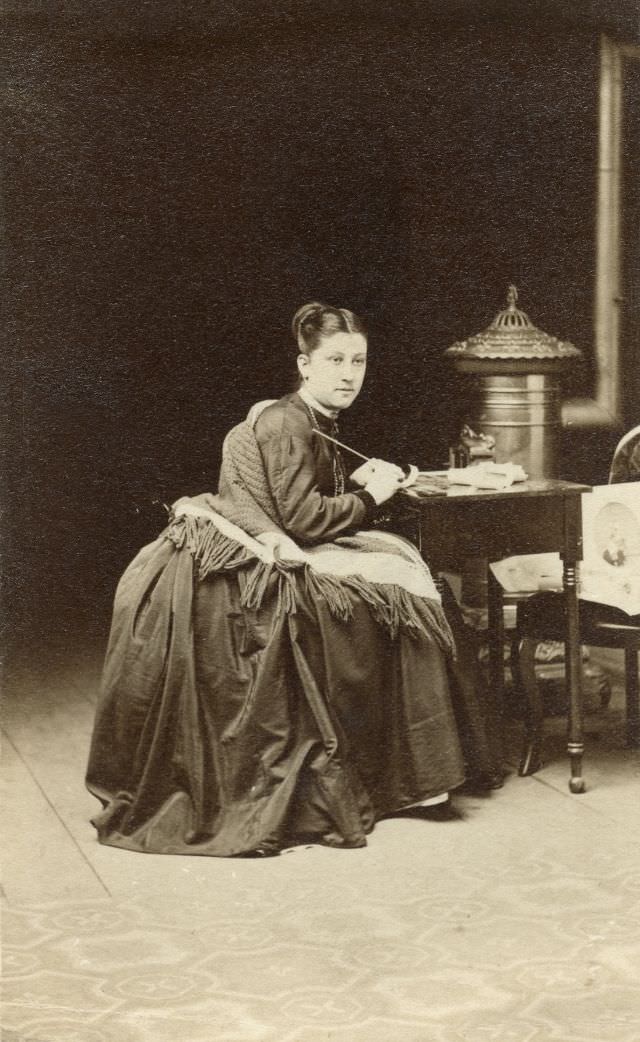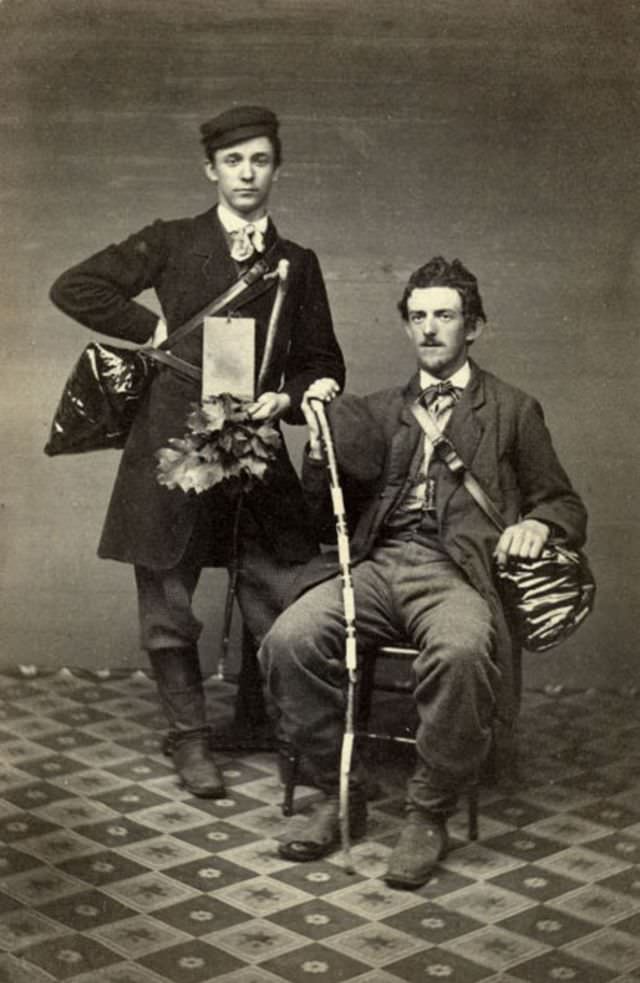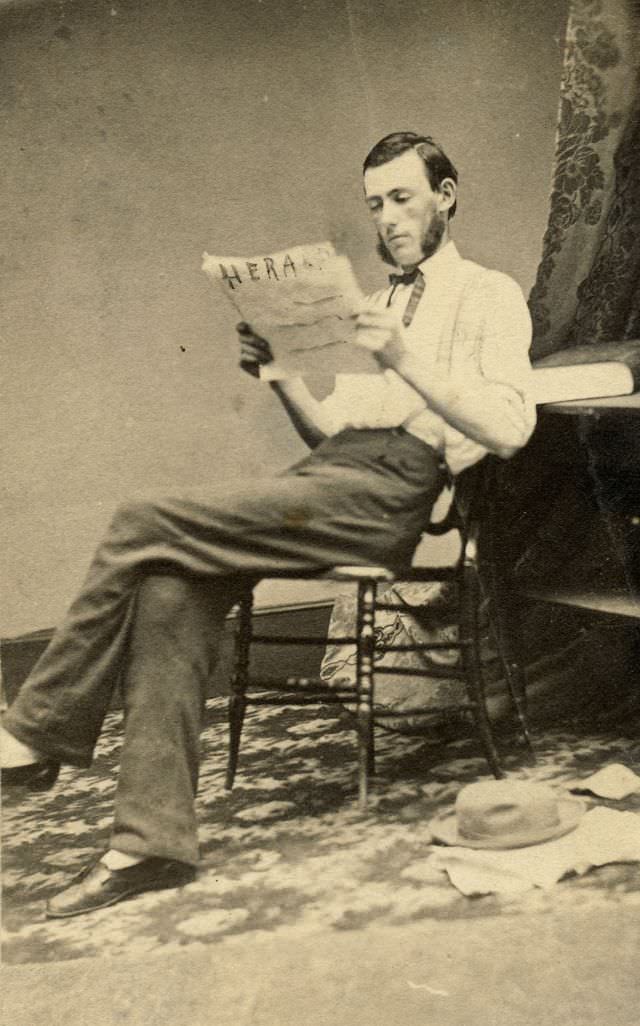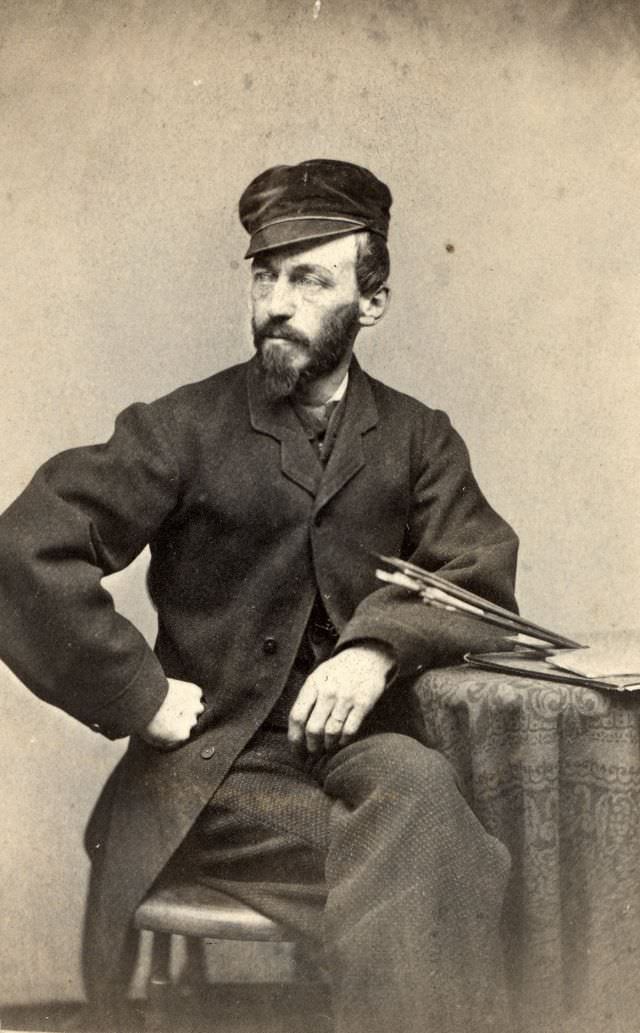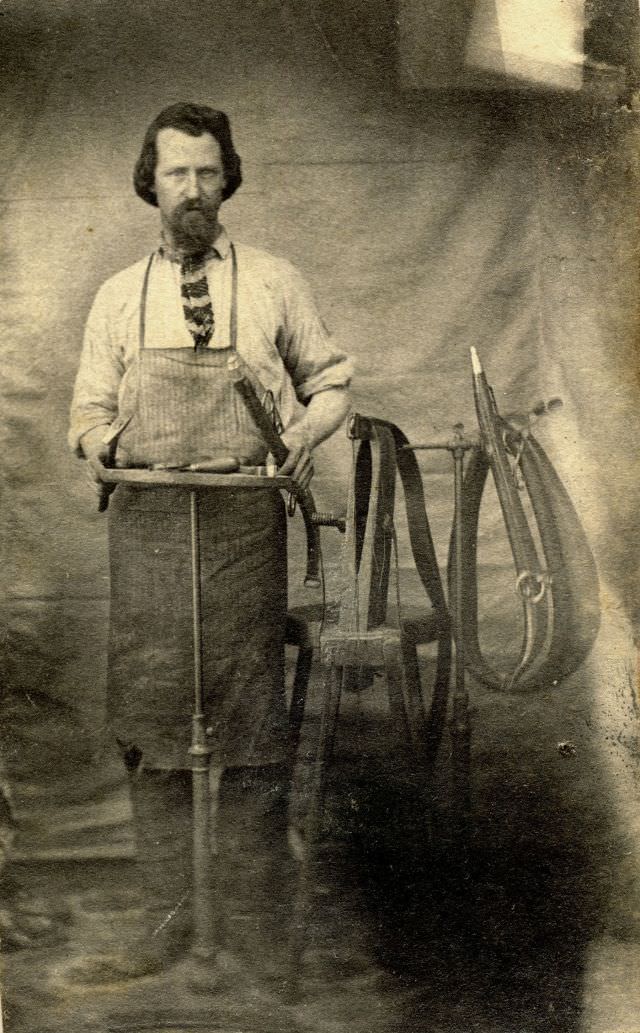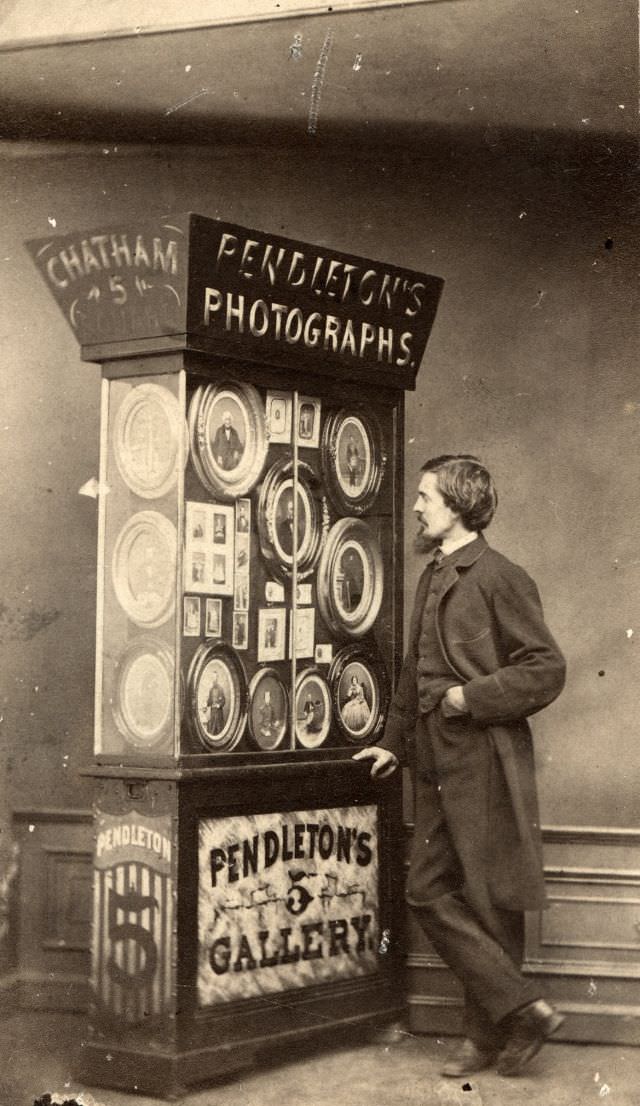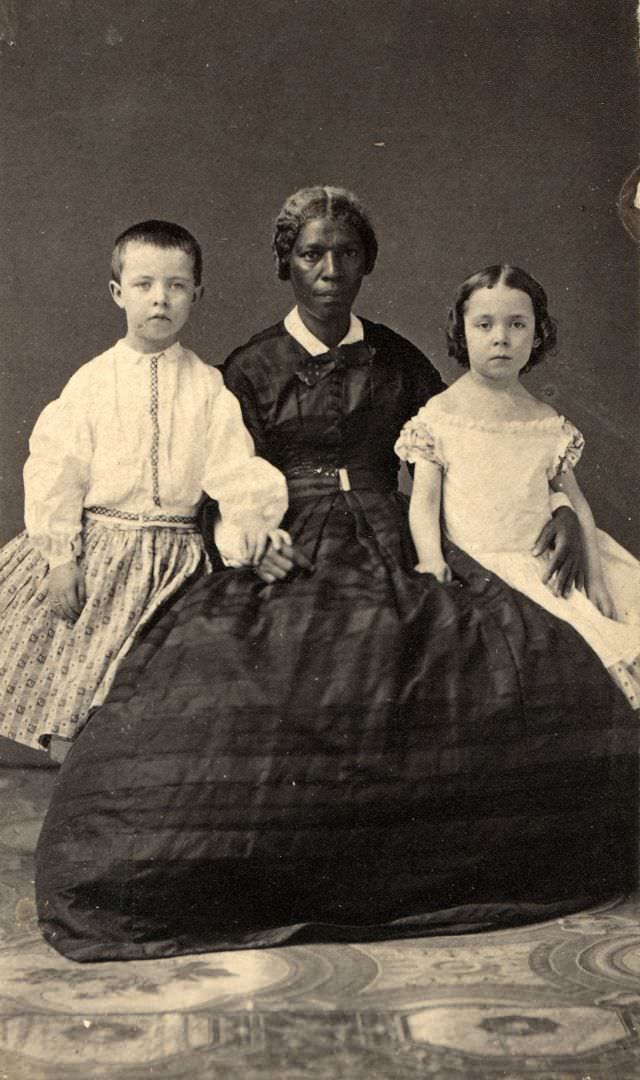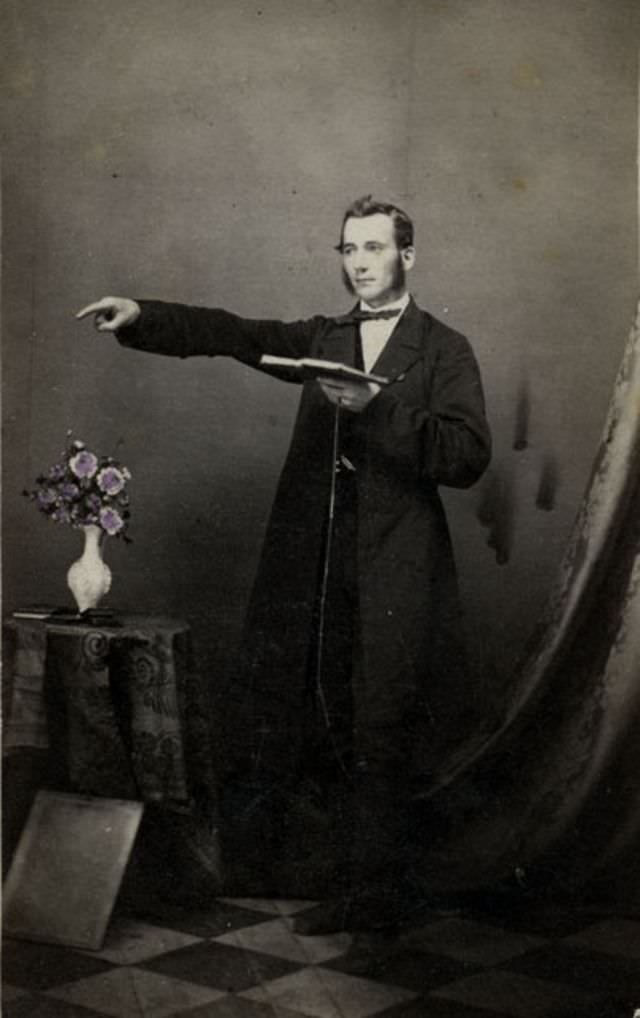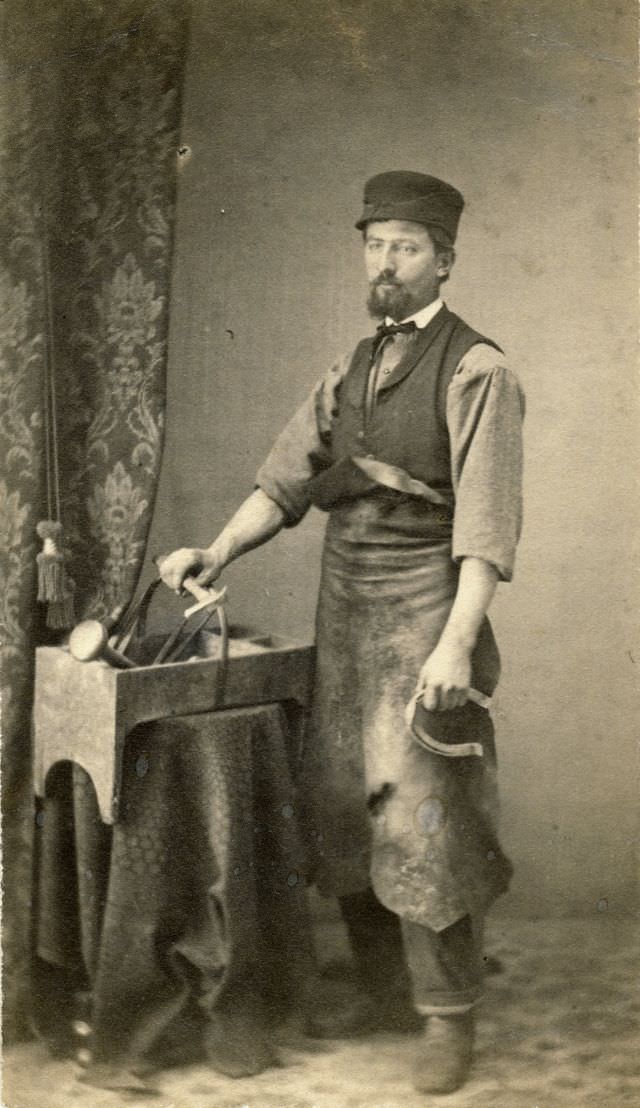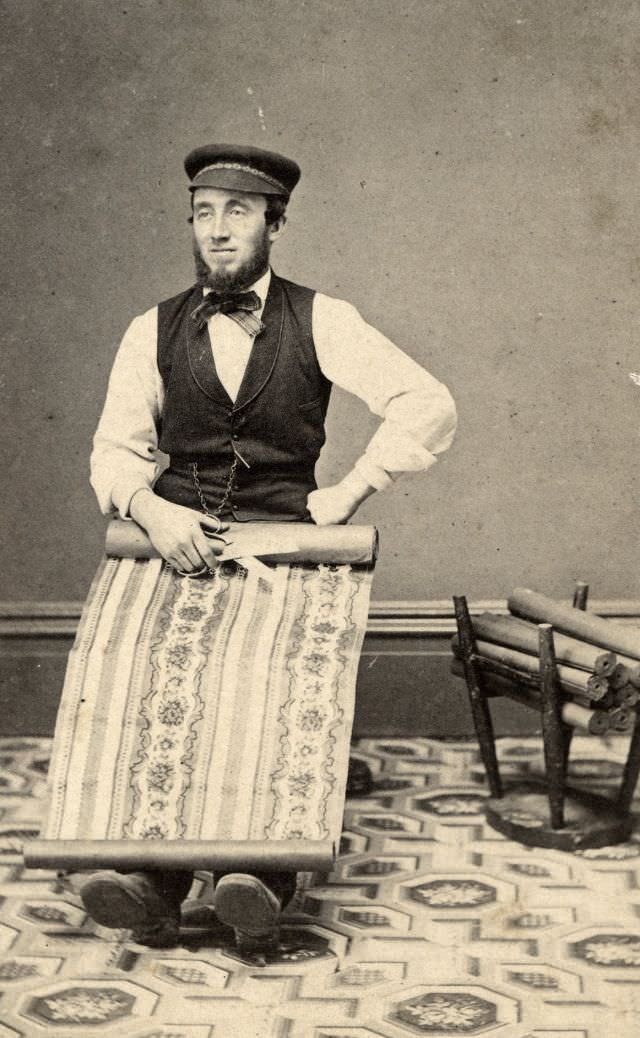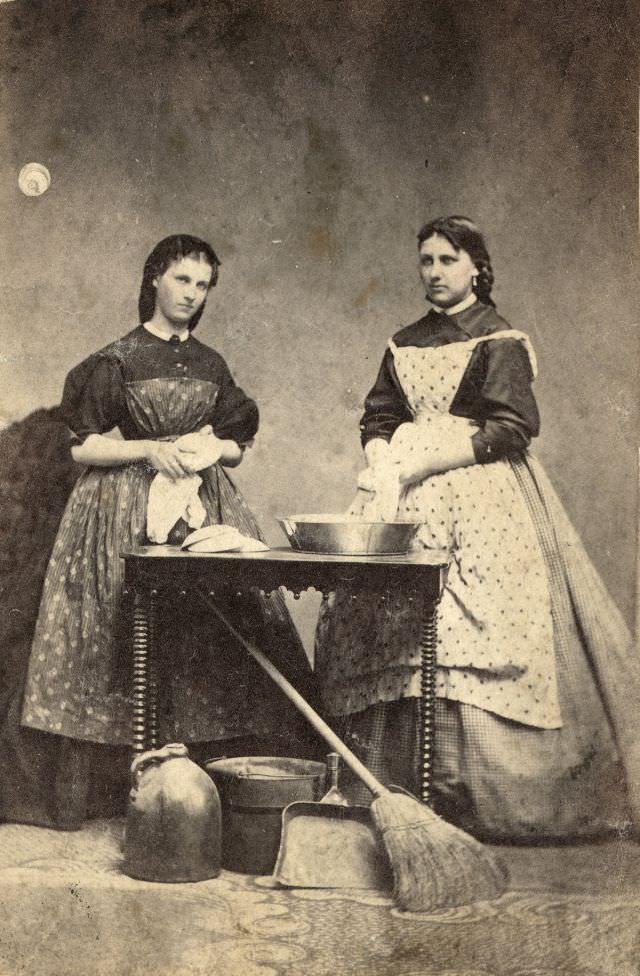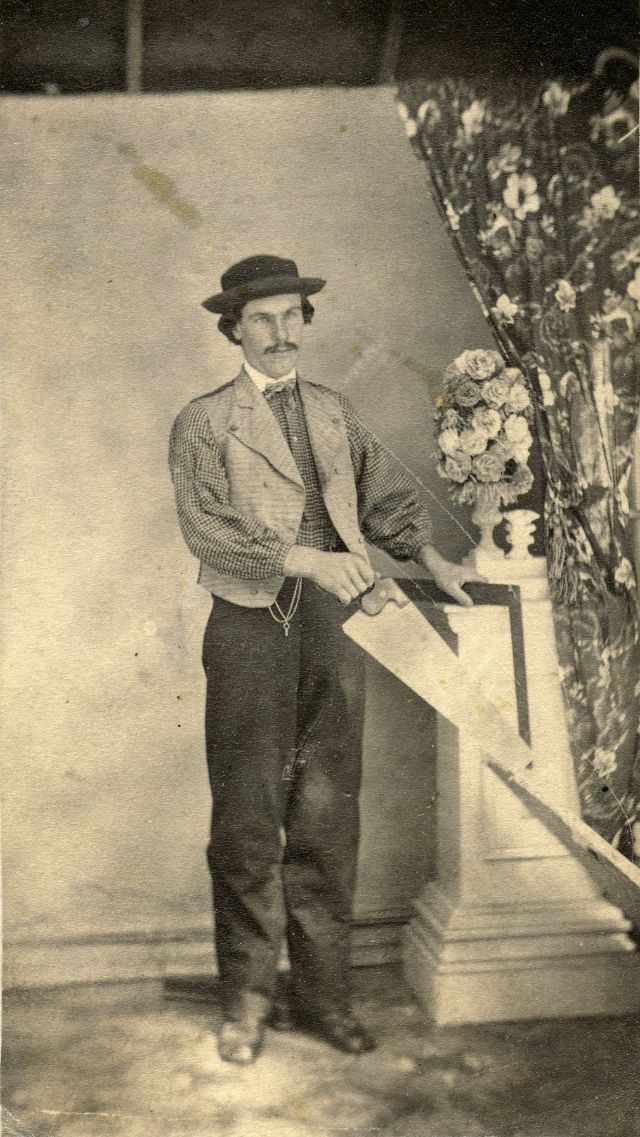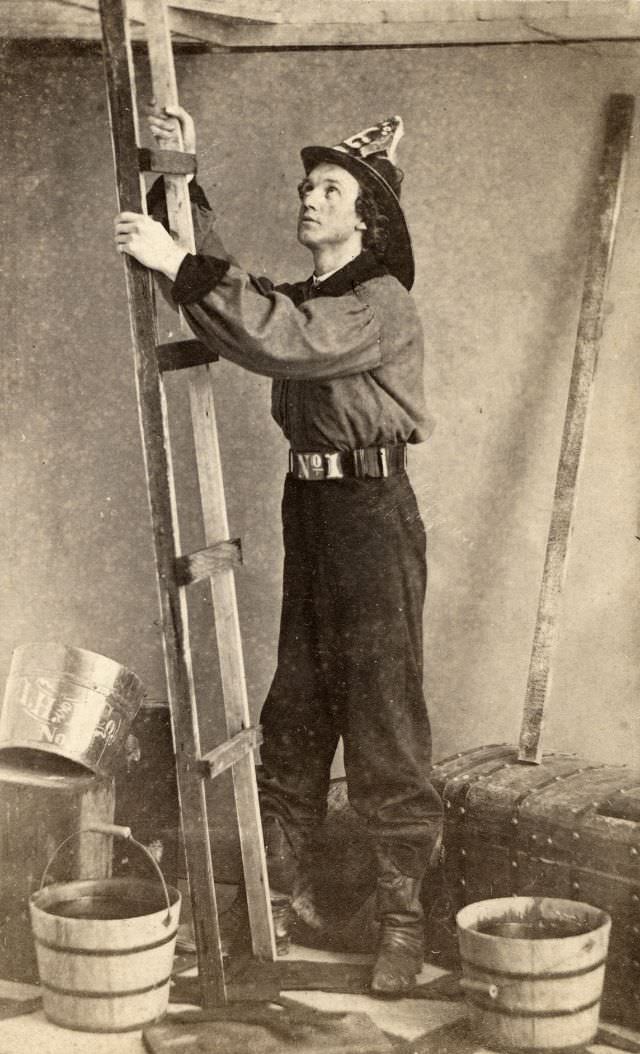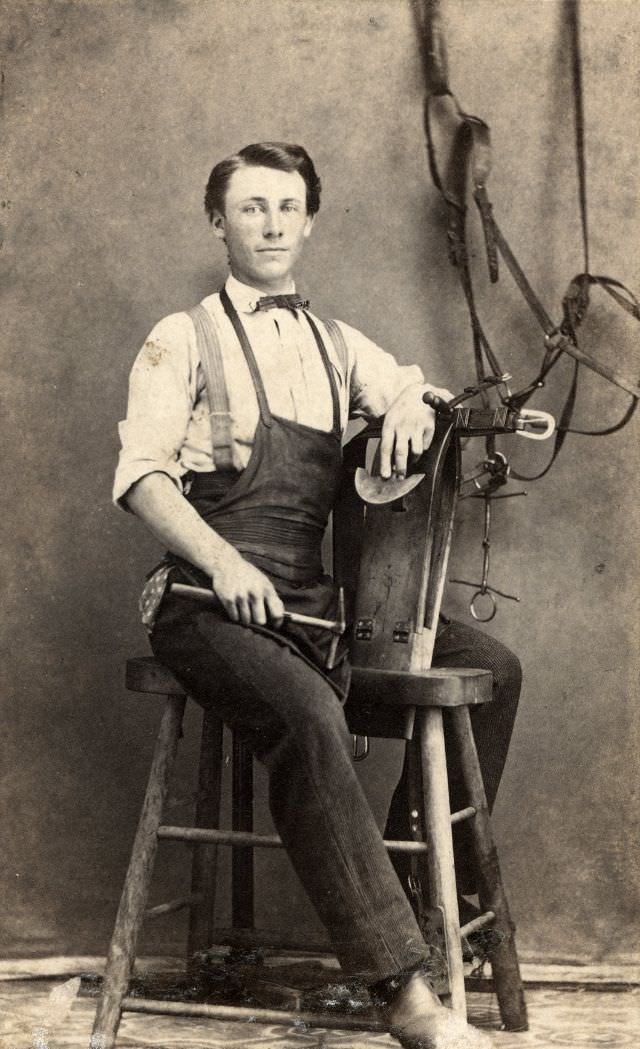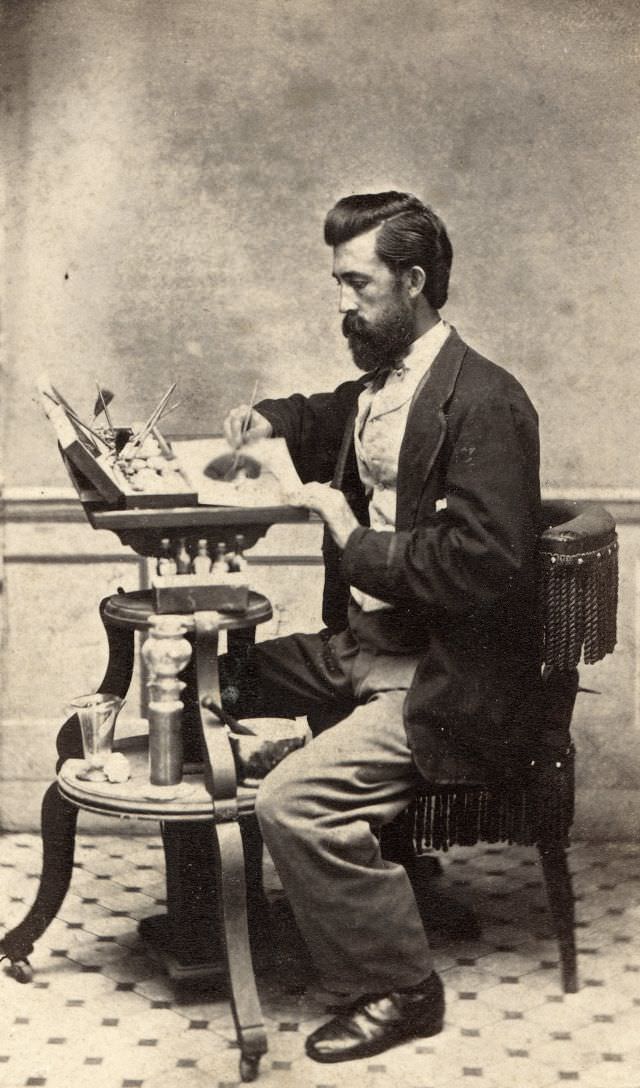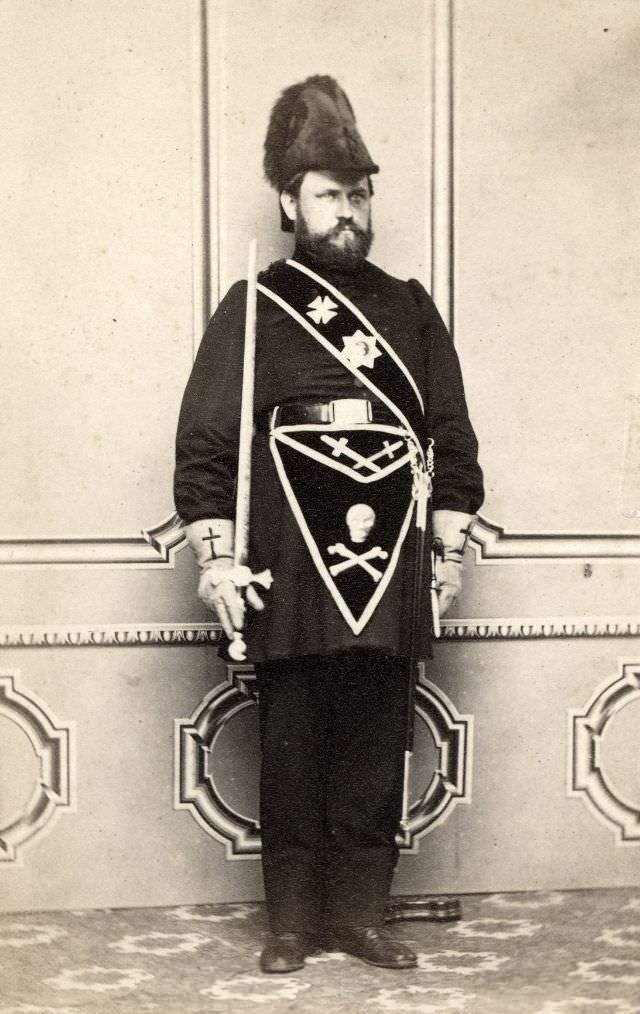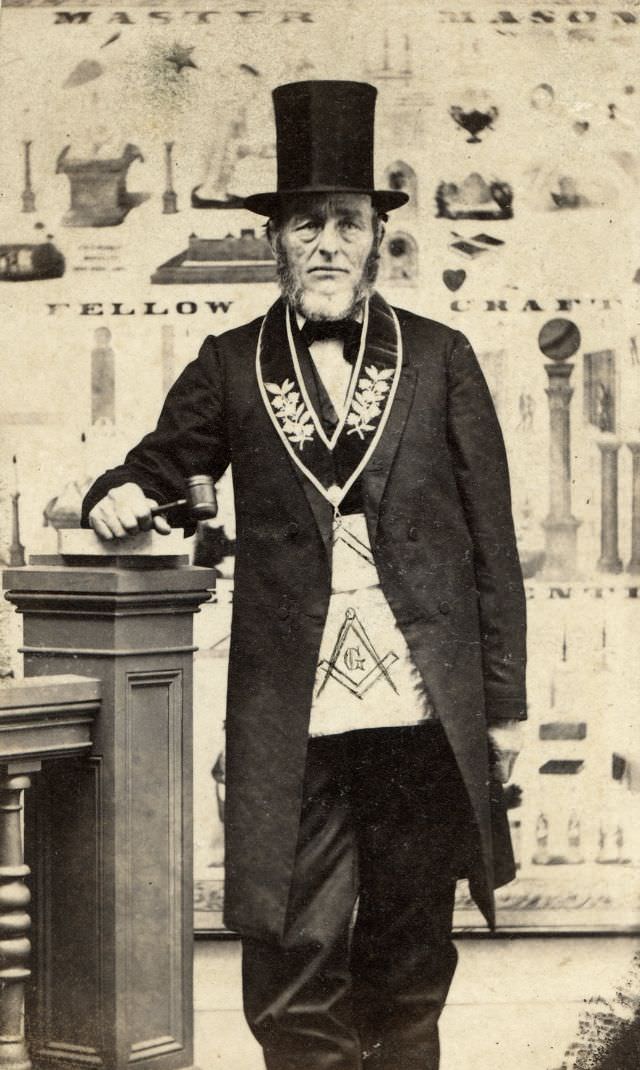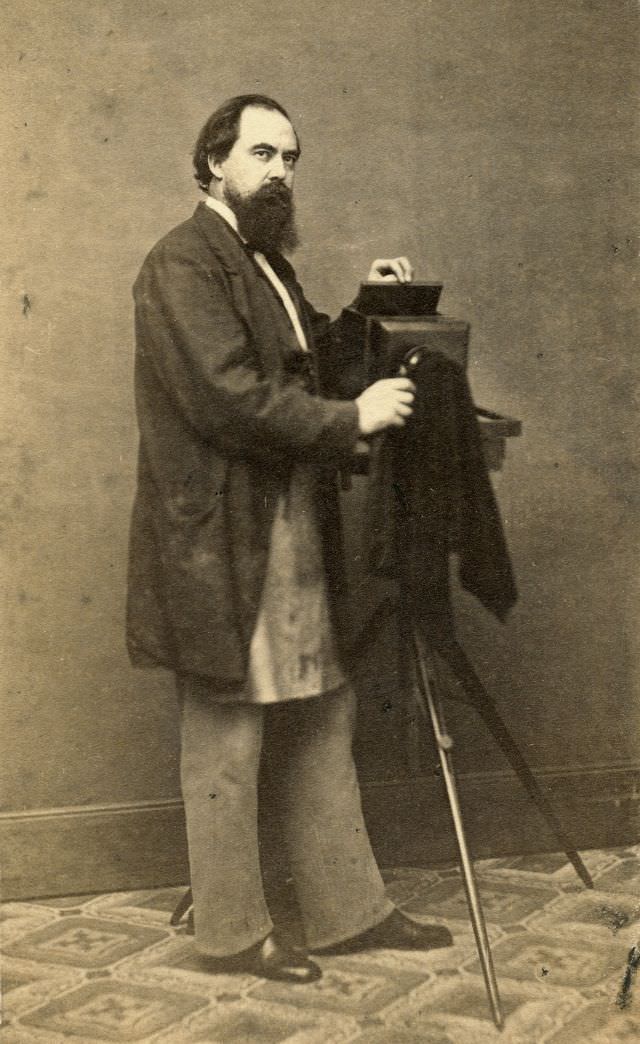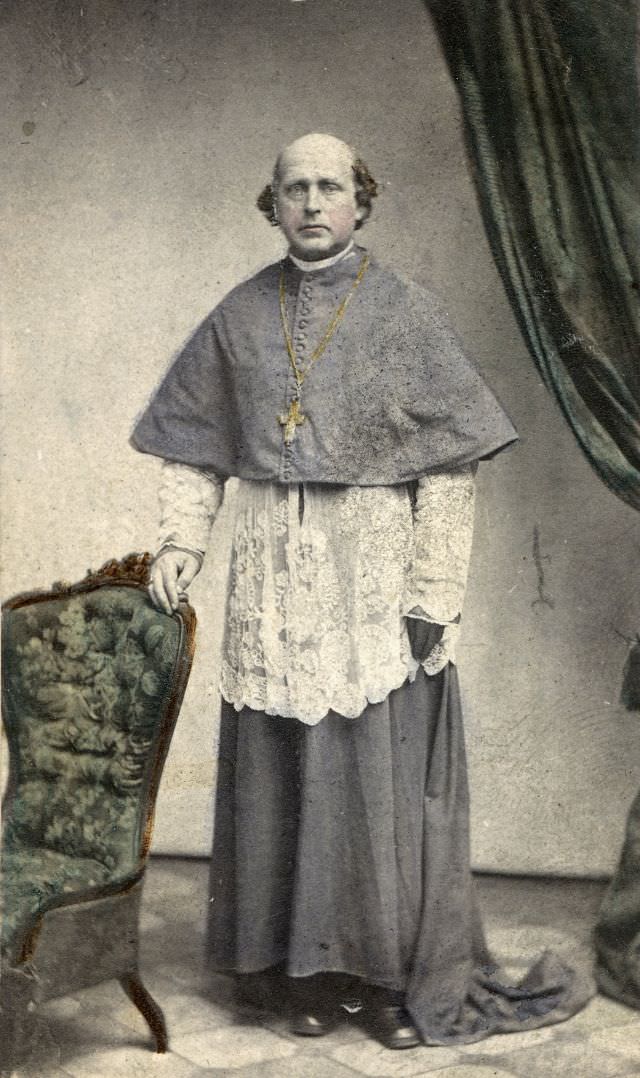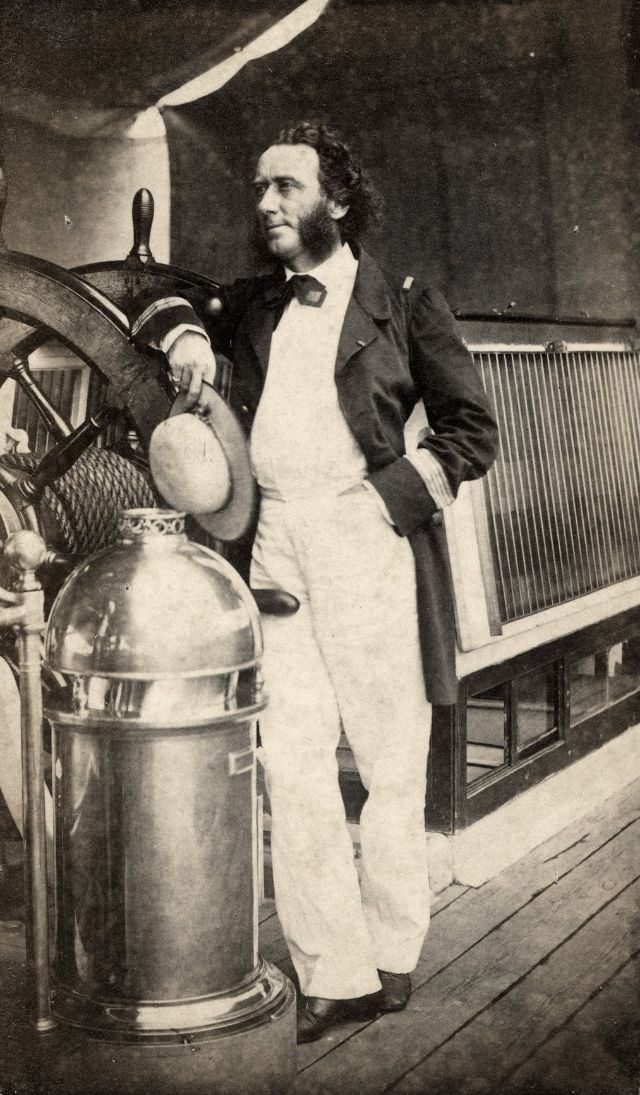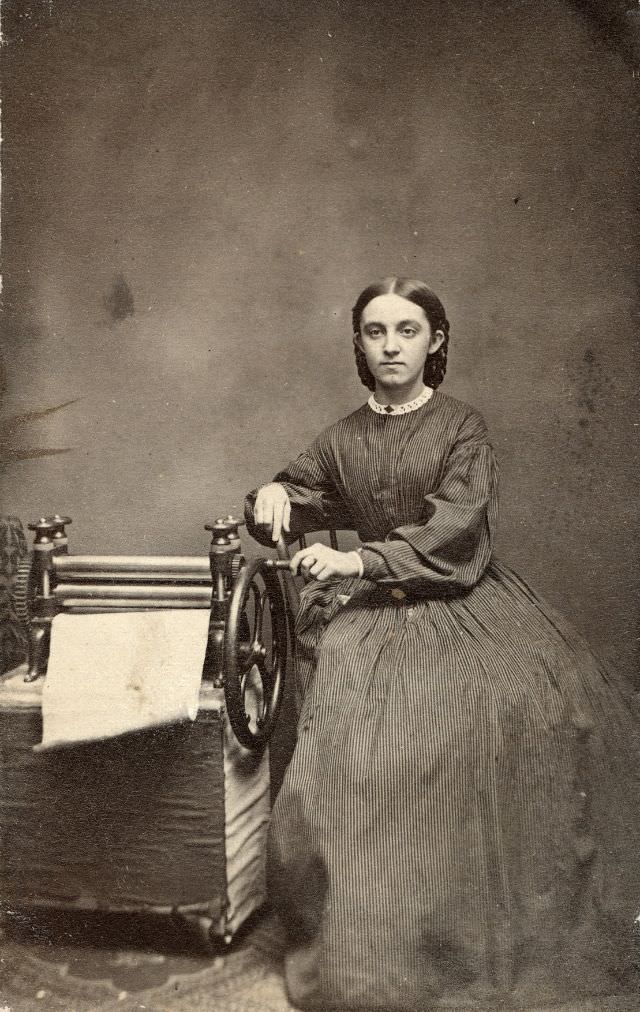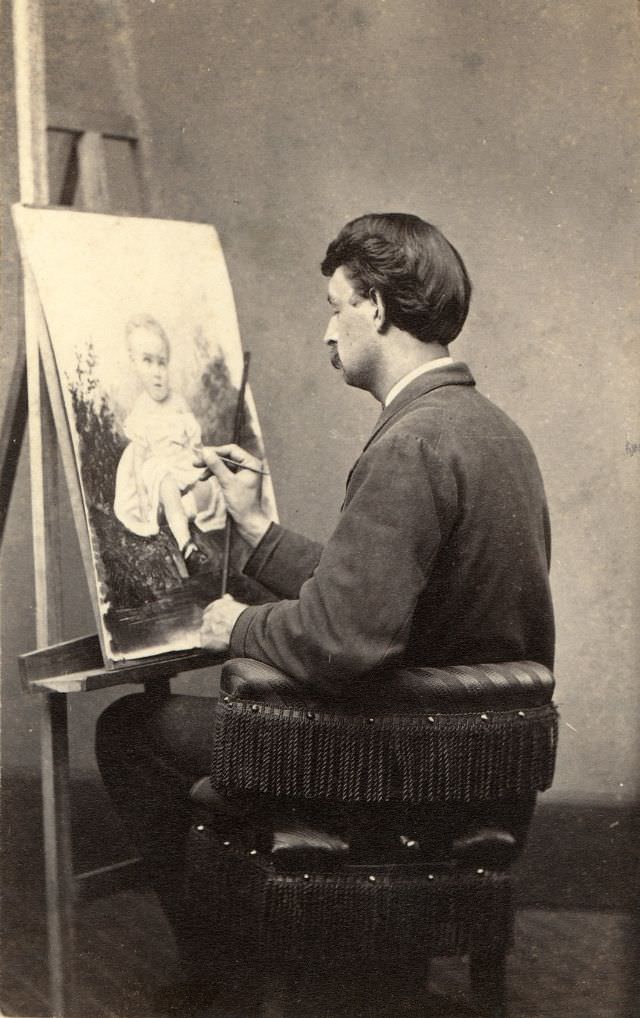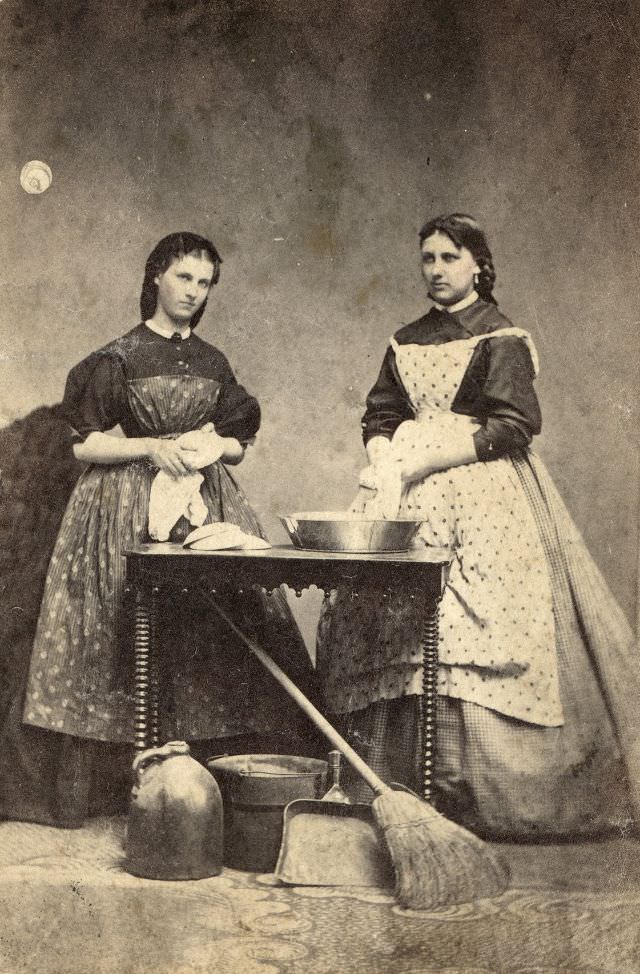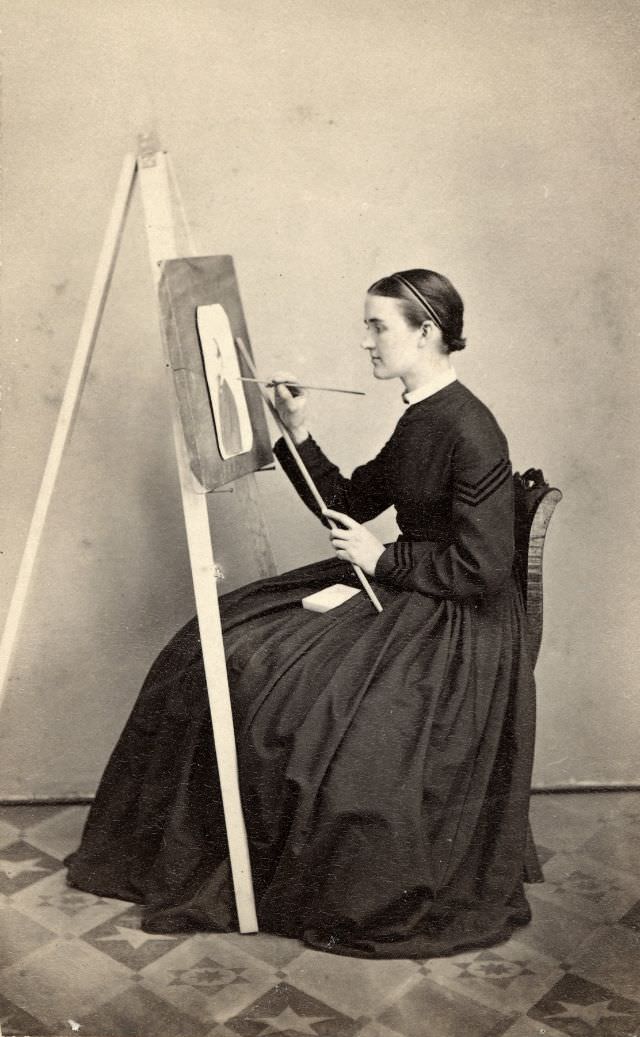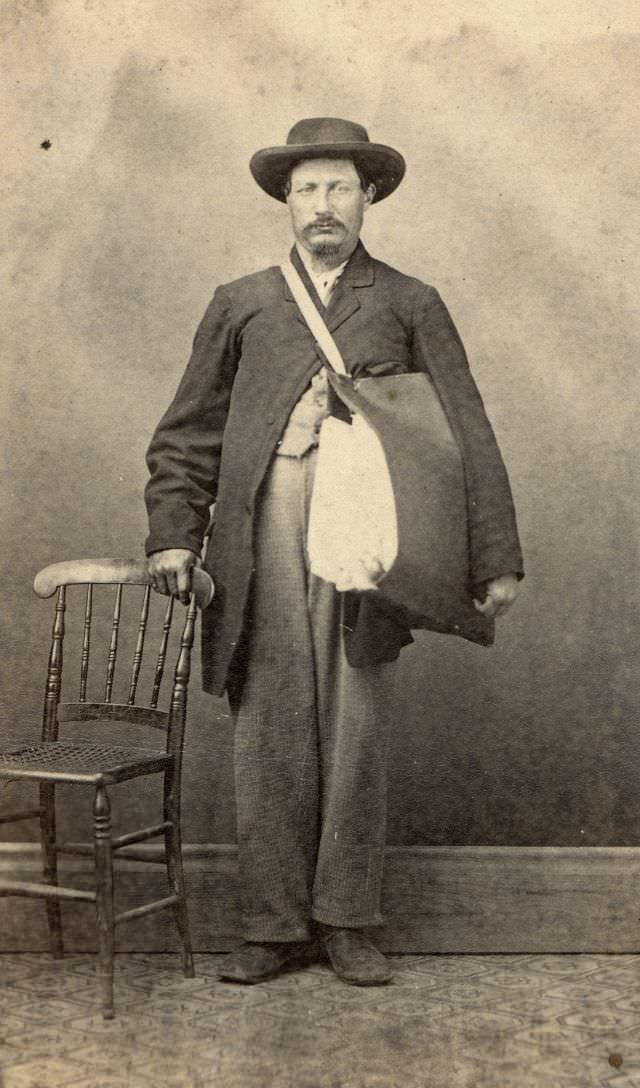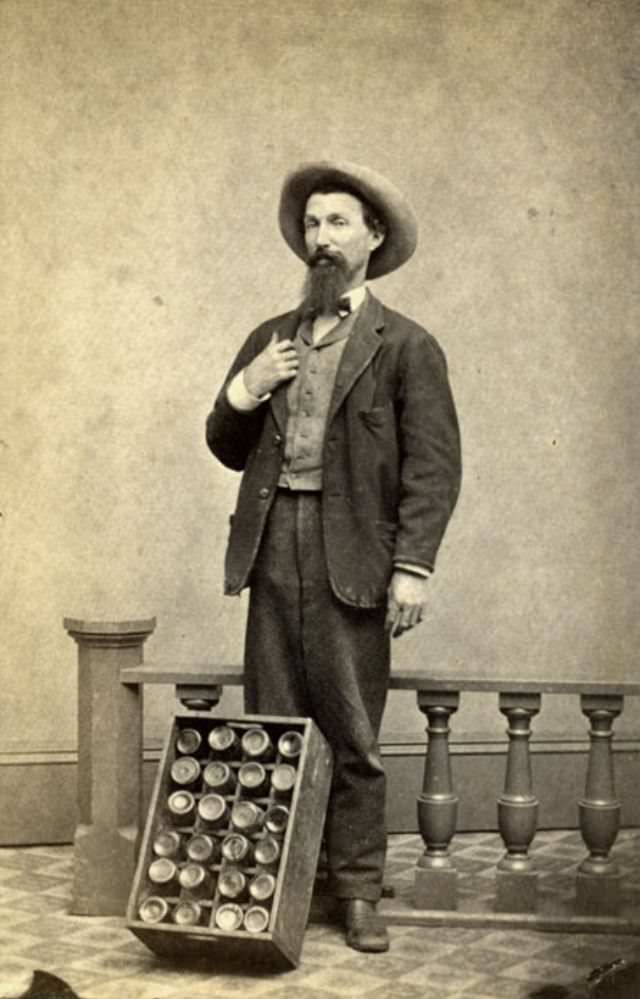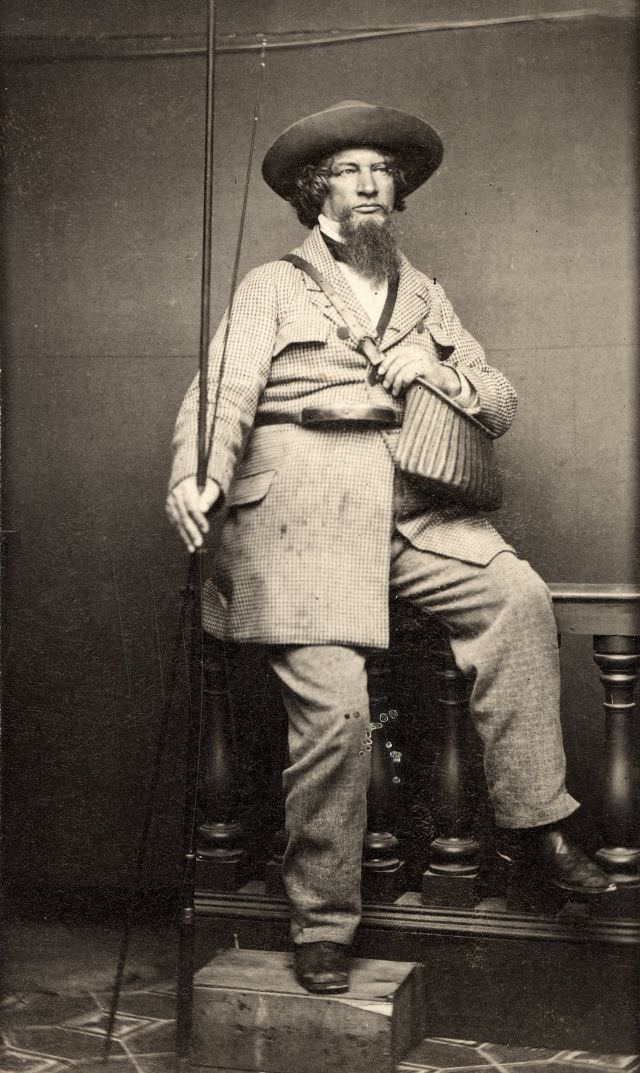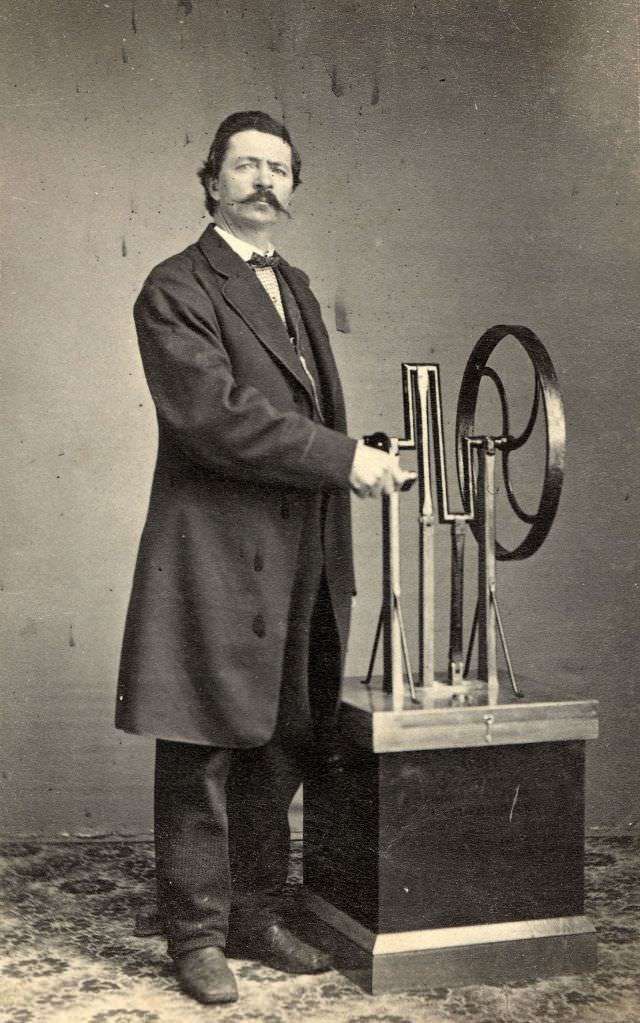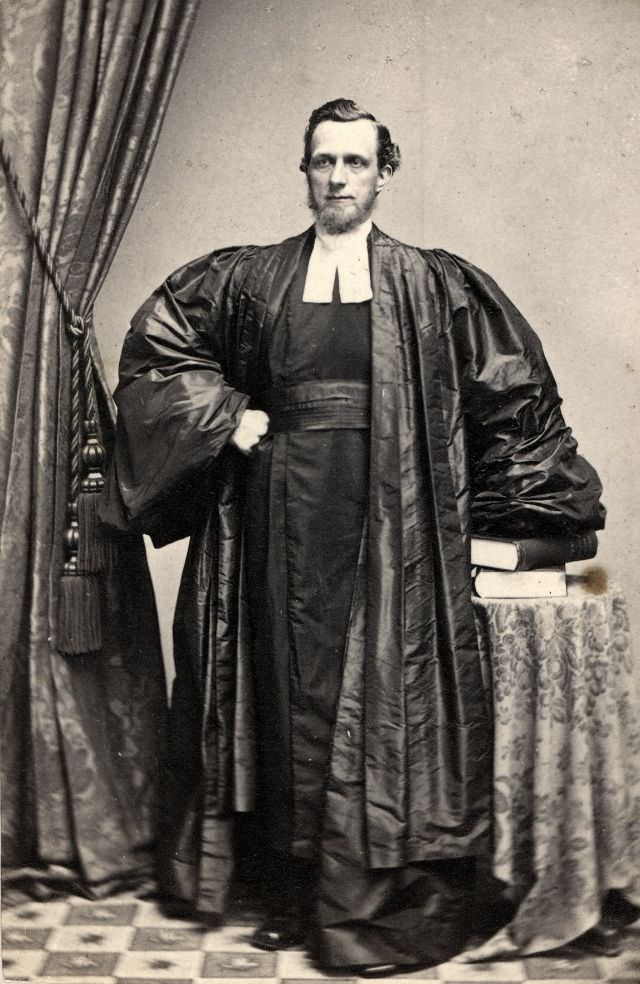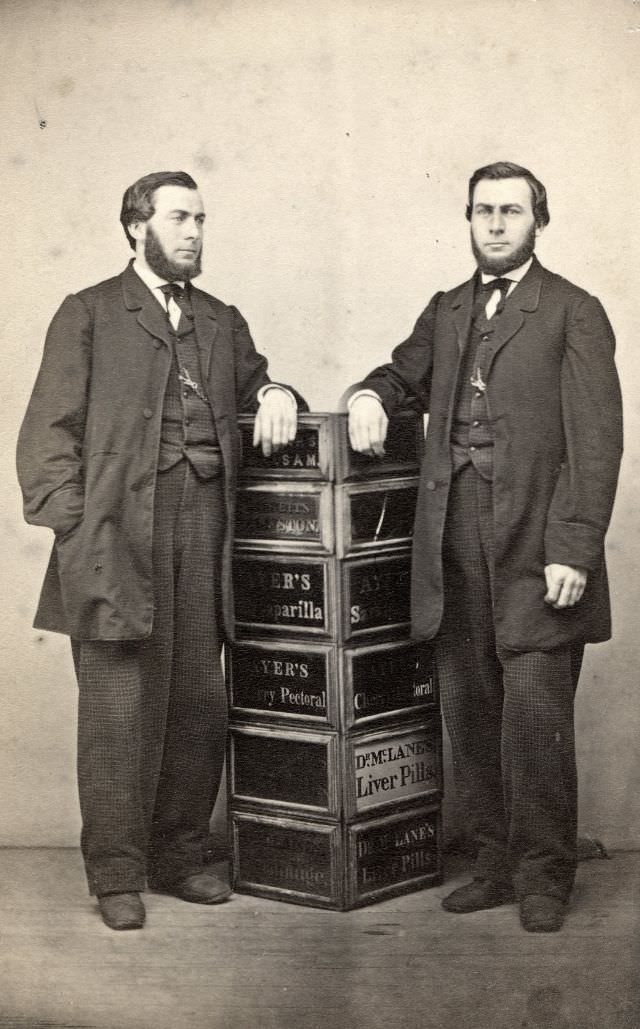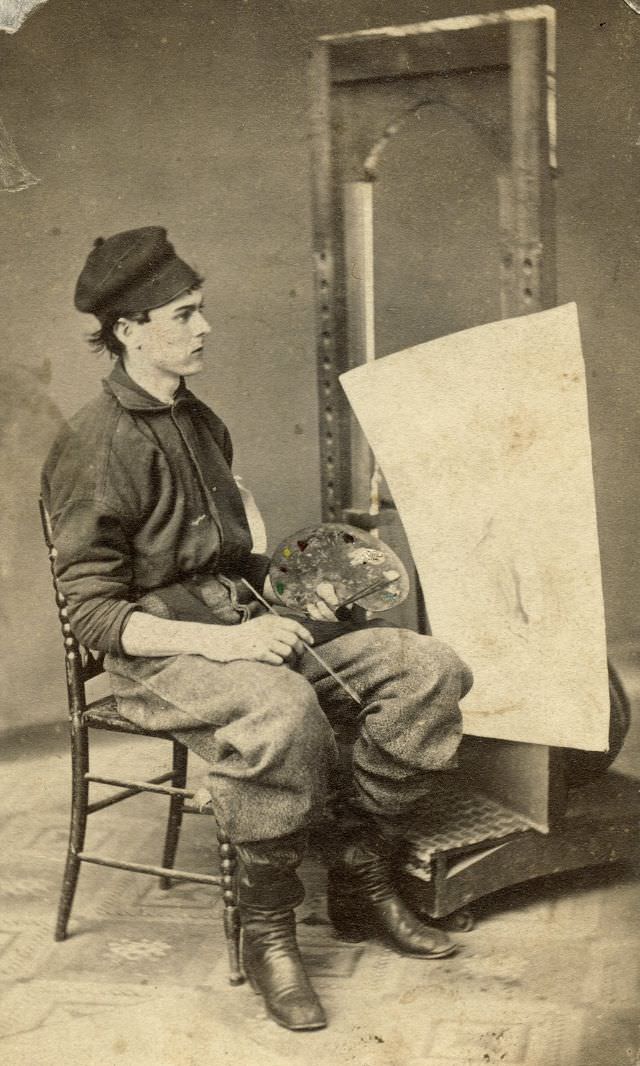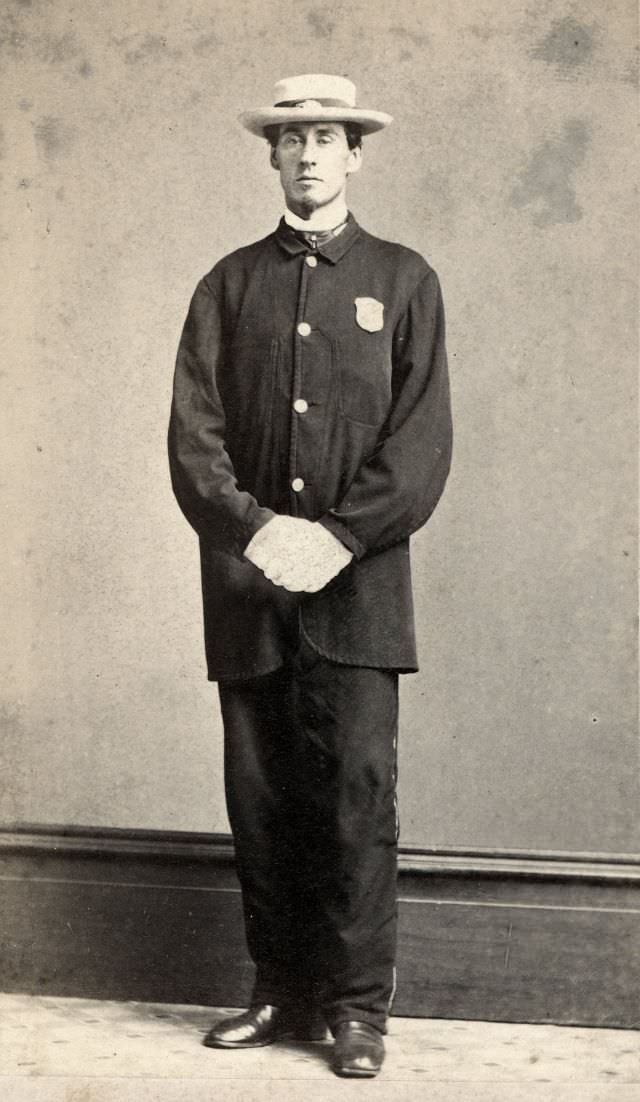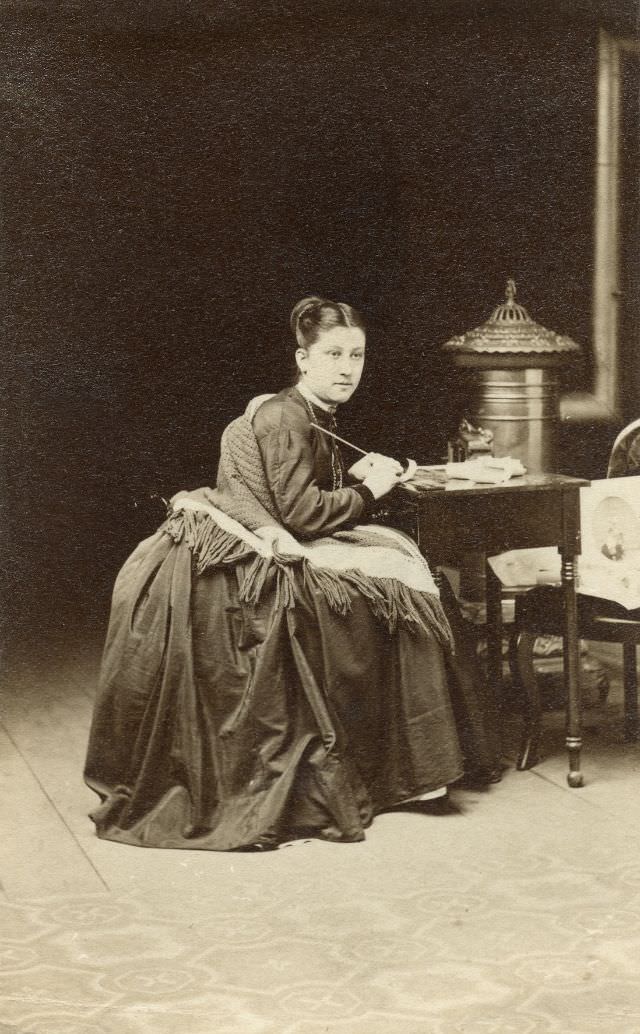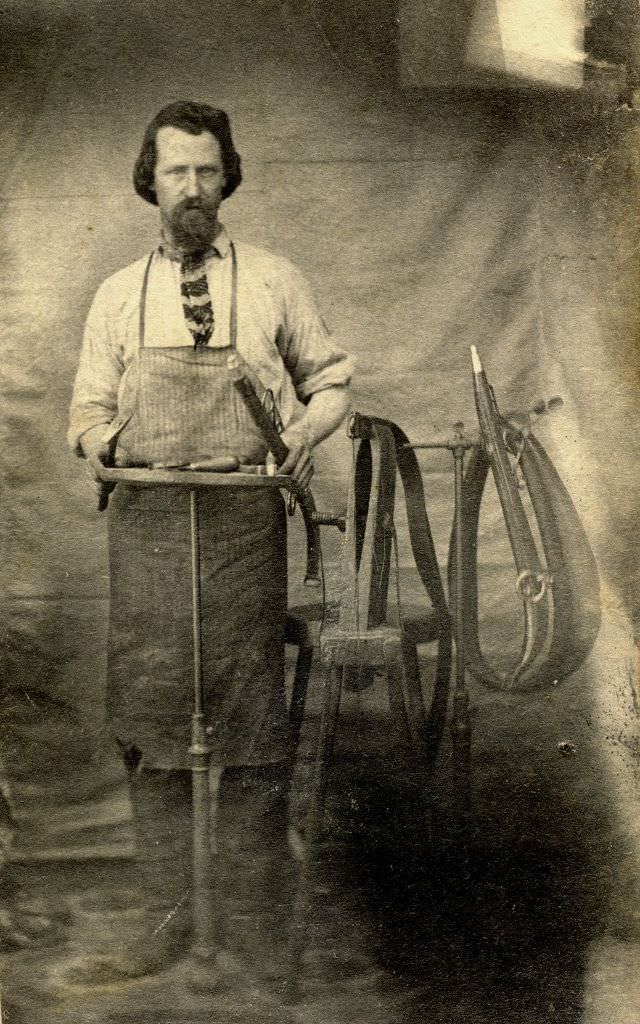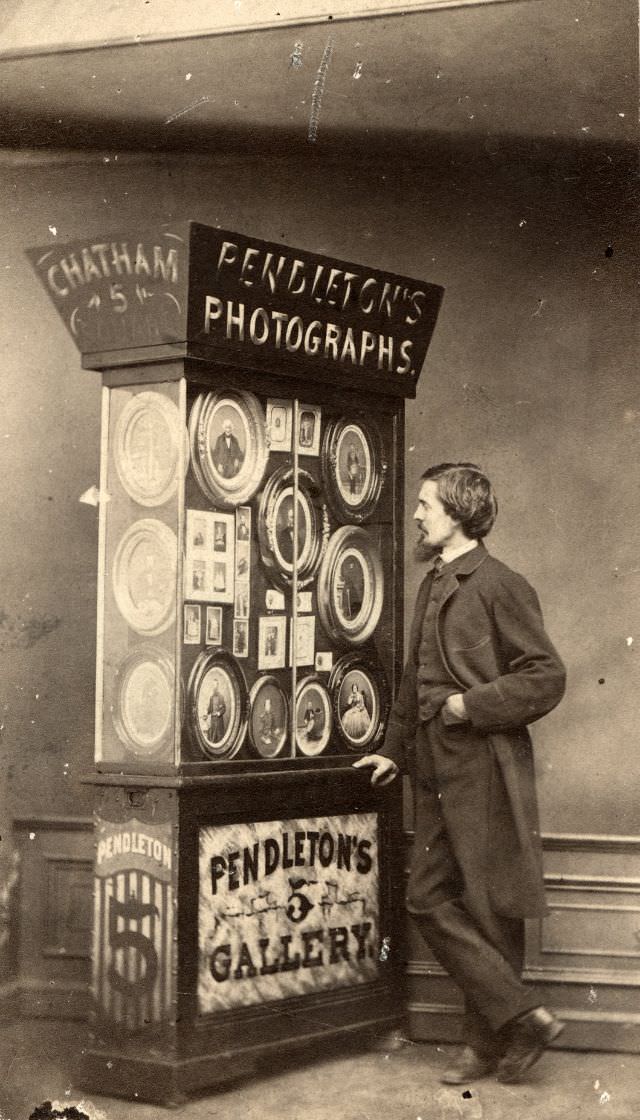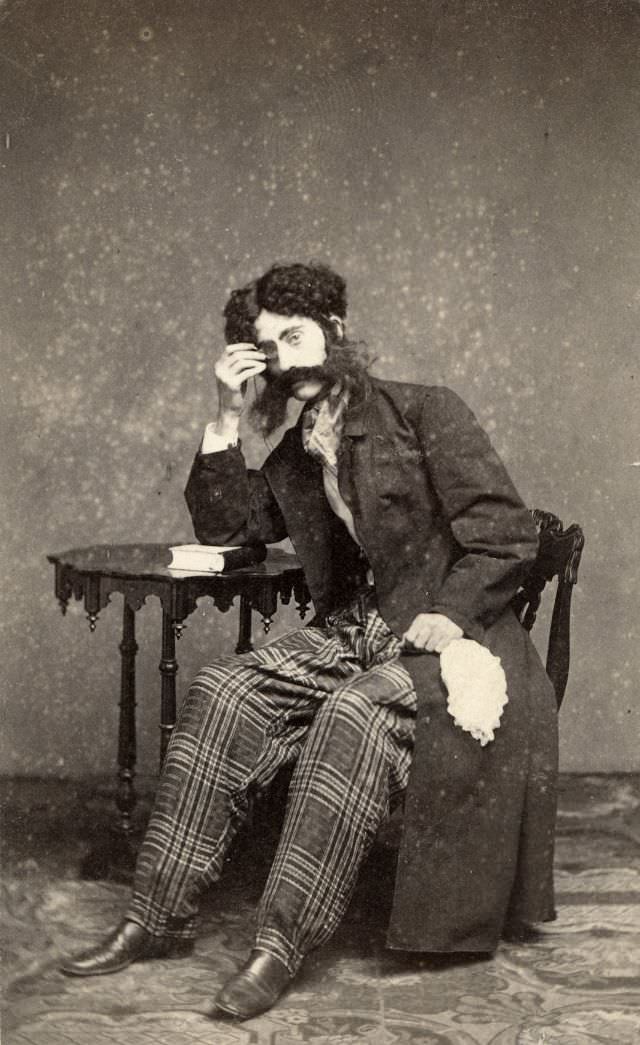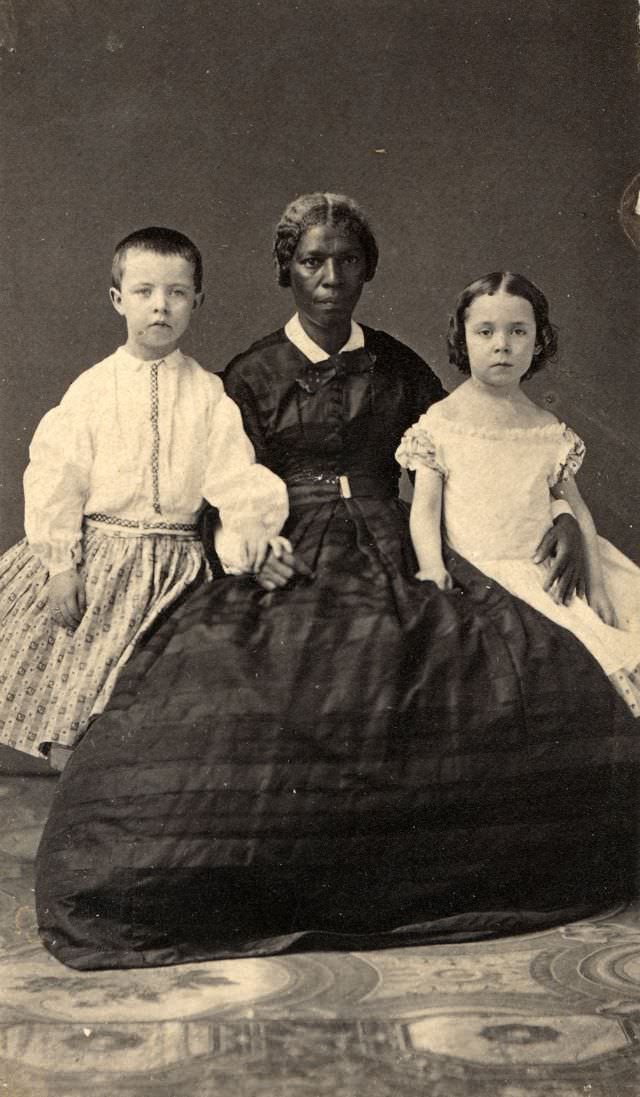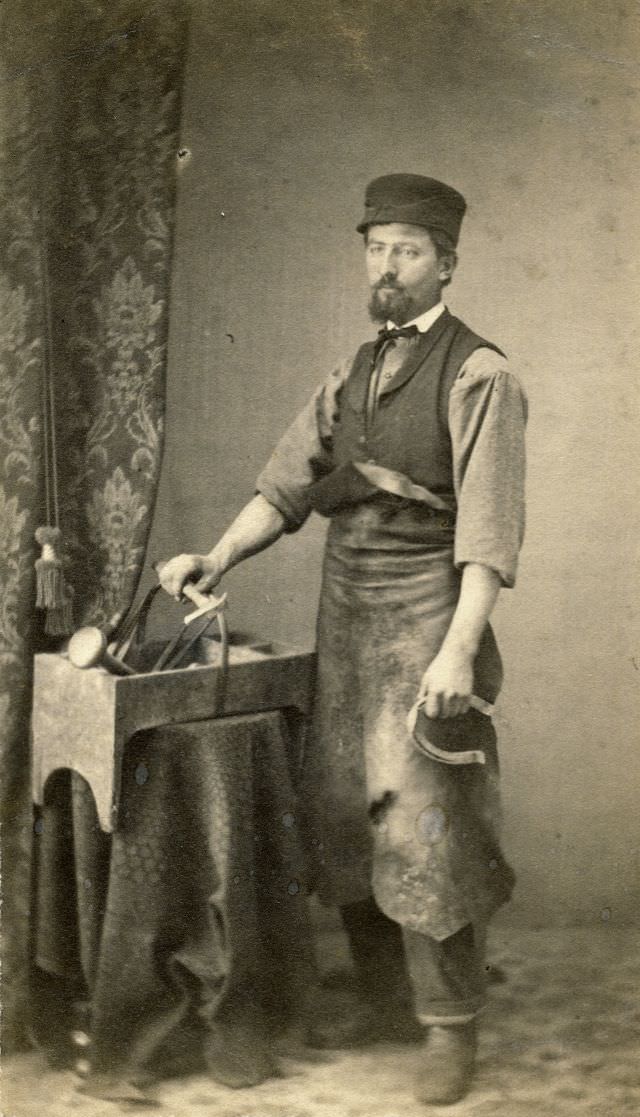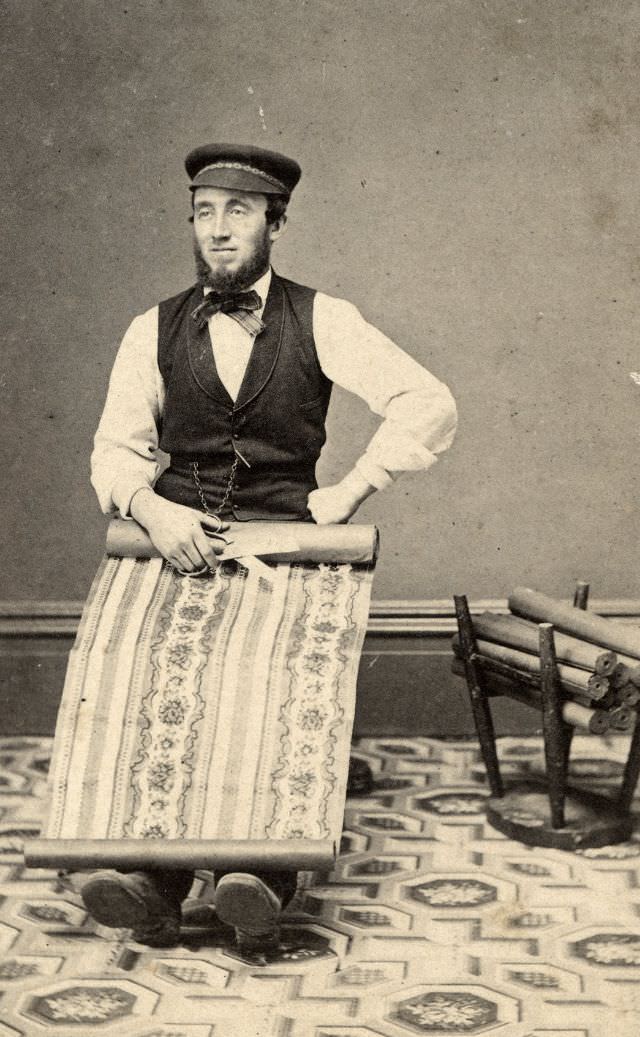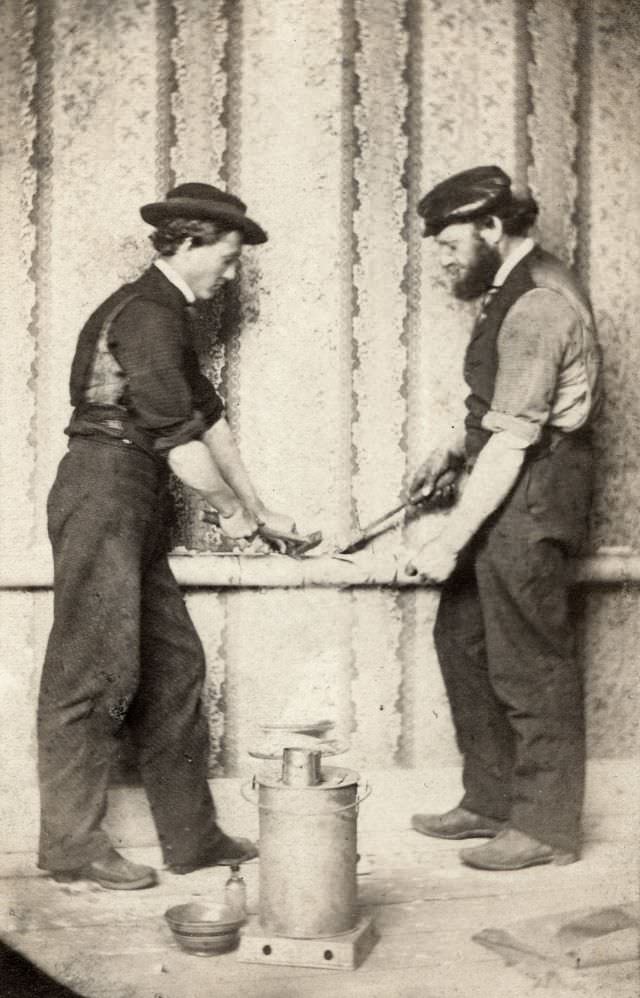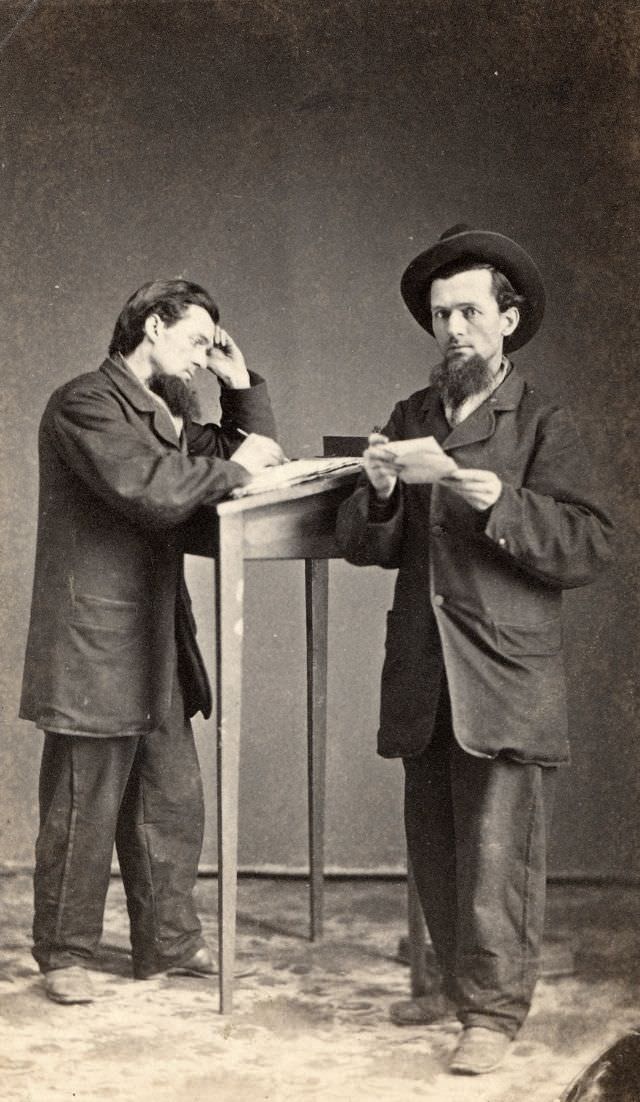The Victorian era, spanning from 1837 to 1901, was a time of significant industrial, social, and economic changes. These transformations led to a diverse range of occupations, reflecting the evolving needs and structures of the society. The nature of work varied greatly, influenced by factors such as social class, location, and the ongoing Industrial Revolution.
Industrial and Factory Jobs
With the Industrial Revolution at its peak, factory jobs became a staple of the Victorian workforce. People worked in textile mills, coal mines, steel factories, and railways. Factory work was often characterized by long hours, low pay, and dangerous conditions, especially in industries like coal mining.
Agricultural Jobs
Despite the shift towards industrialization, agriculture remained a significant part of the economy. Jobs in farming were common, especially in rural areas. These included roles like farm laborers, shepherds, and landowners who managed large estates.
Domestic Service
Domestic service was one of the largest employment sectors, particularly for women and the lower class. Jobs included maids, cooks, butlers, gardeners, and governesses. Service in upper-class households was often seen as a desirable position for lower-class individuals, offering stable albeit demanding work.
Skilled Trades and Craftsmanship
Skilled trades were highly respected and provided more stable and often better-paid work than factory jobs. These included blacksmiths, carpenters, masons, and tailors. Artisans and craftsmen often served apprenticeships to learn their trade.
The Victorian era saw the rise of the middle class and, with it, professional occupations. These included lawyers, doctors, teachers, and clergymen. Such professions required education and training and were typically reserved for those with the means to attain the necessary qualifications.
Shopkeeping and Retail
The growth of urban centers led to the expansion of shops and retail businesses. Shopkeepers, merchants, and sales clerks became common occupations. These roles were often family-run and provided goods ranging from food to clothing.
Creative and Entertainment Professions
The era also saw the emergence of professions in entertainment and the arts. Musicians, actors, authors, and painters were part of a growing industry catering to the leisure needs of both the upper and middle classes.
For the urban poor, unskilled labor was a common means of survival. This included jobs like street sweepers, waste collectors, and laborers in construction. These jobs were often unstable and poorly paid.
The Victorian era also had its share of unique or novel occupations, reflecting the specific needs and quirks of the time. Examples include lamplighters, who lit and extinguished street gas lights, and lectors, who read to factory workers to entertain them as they worked.


